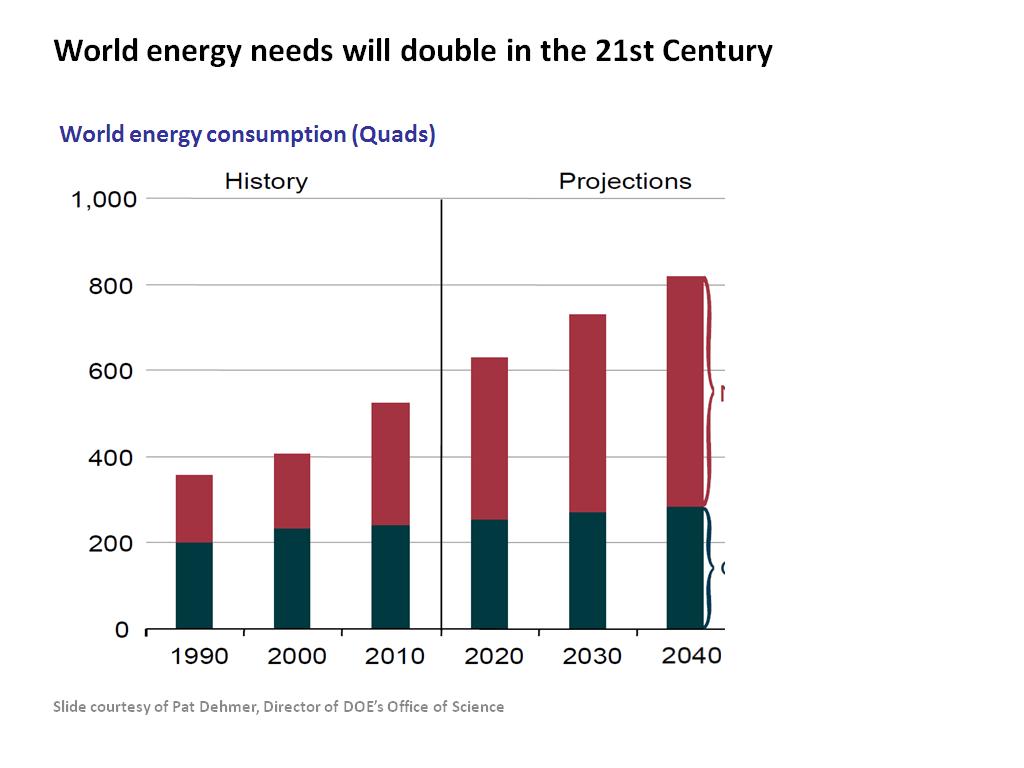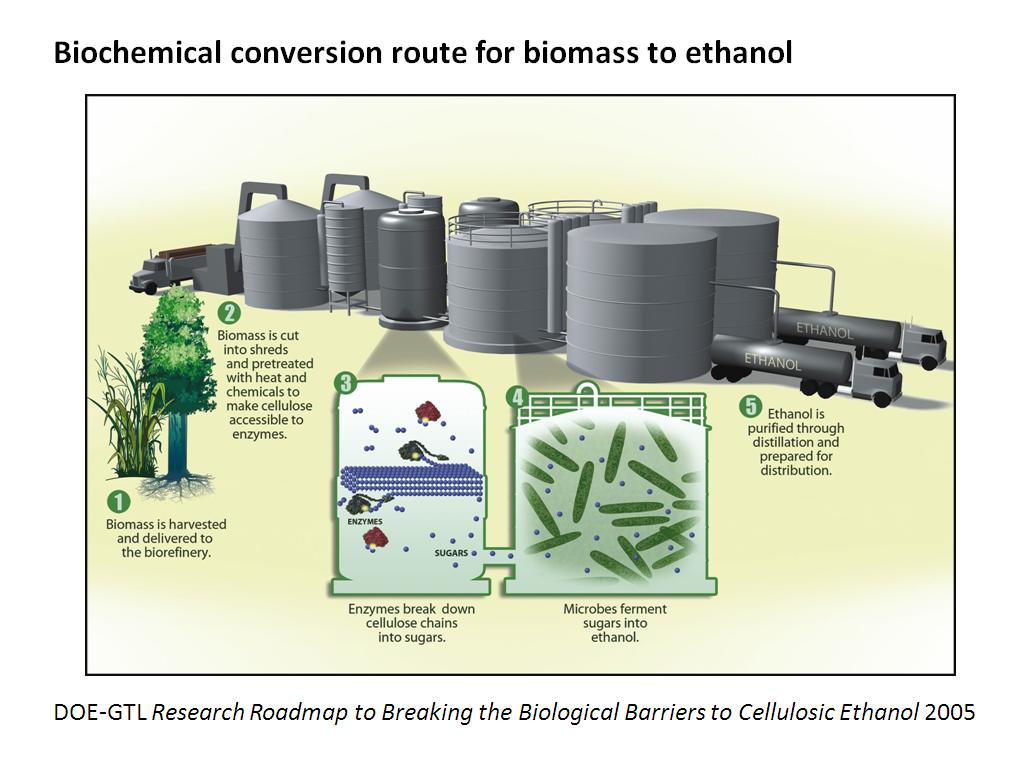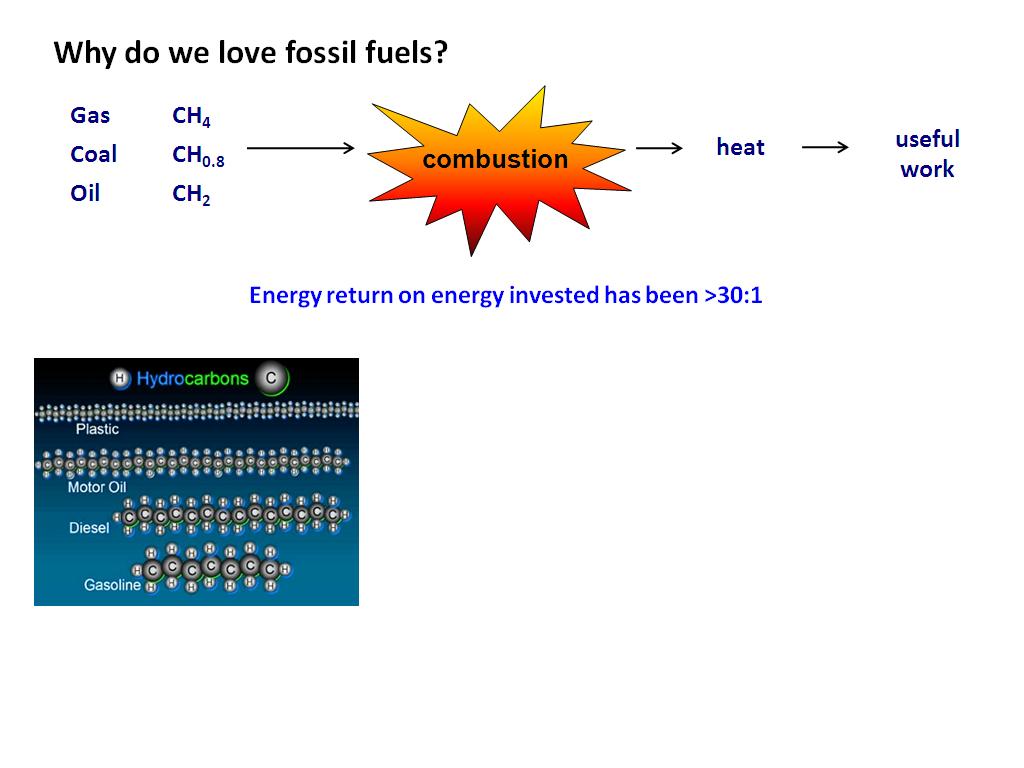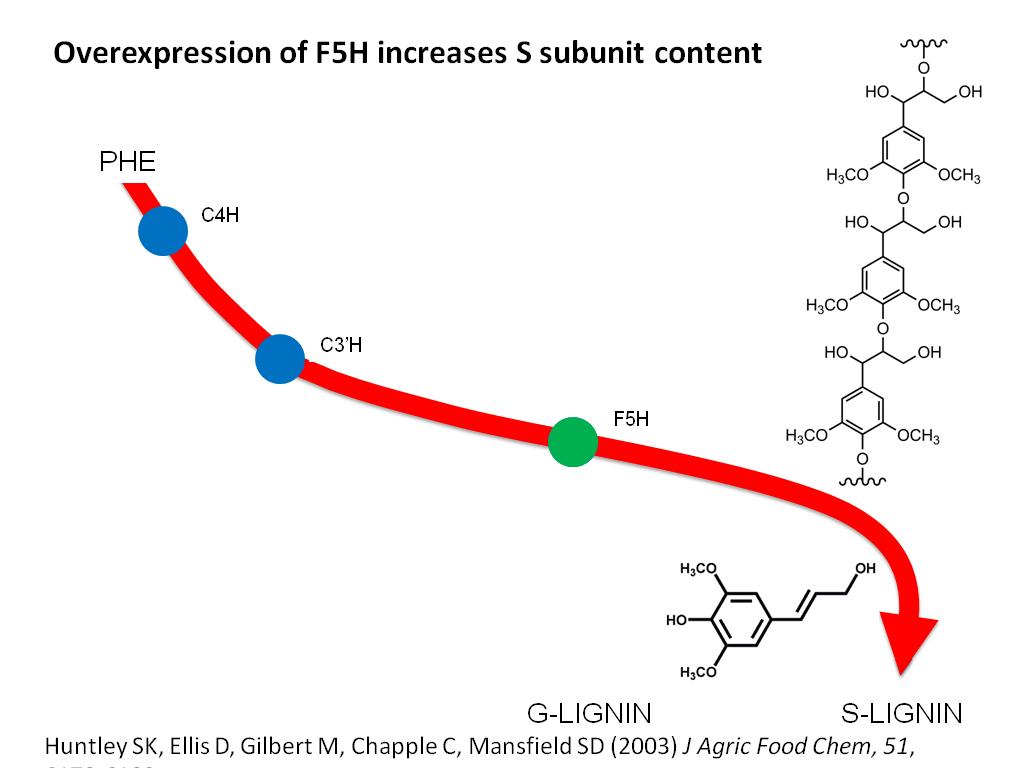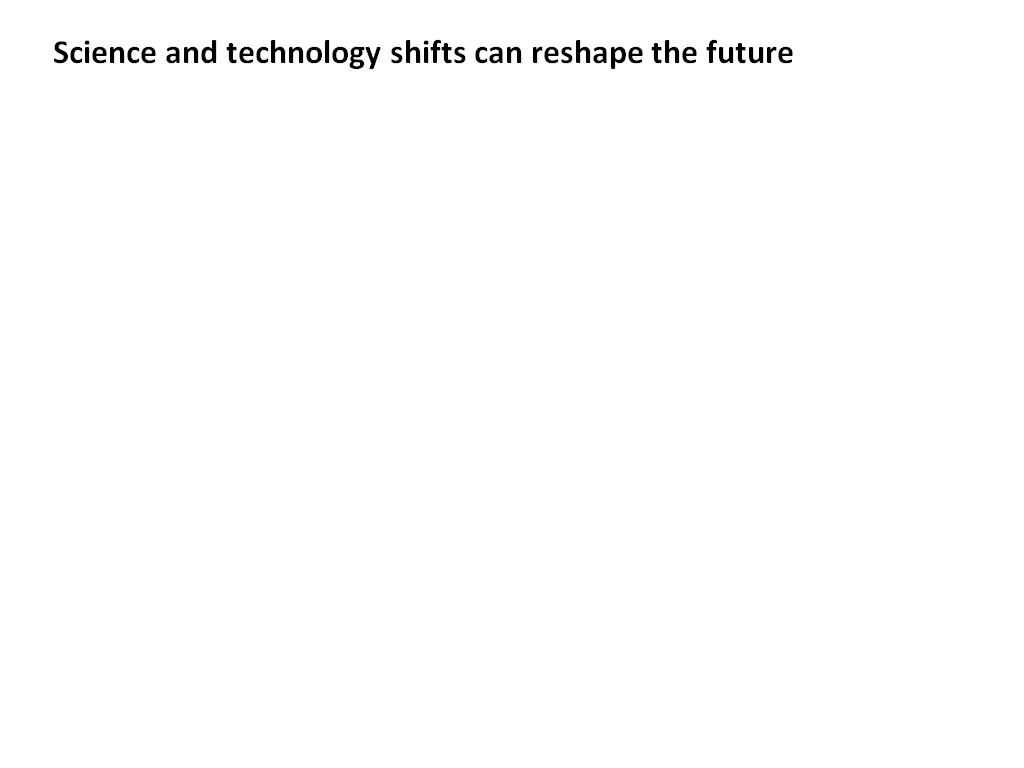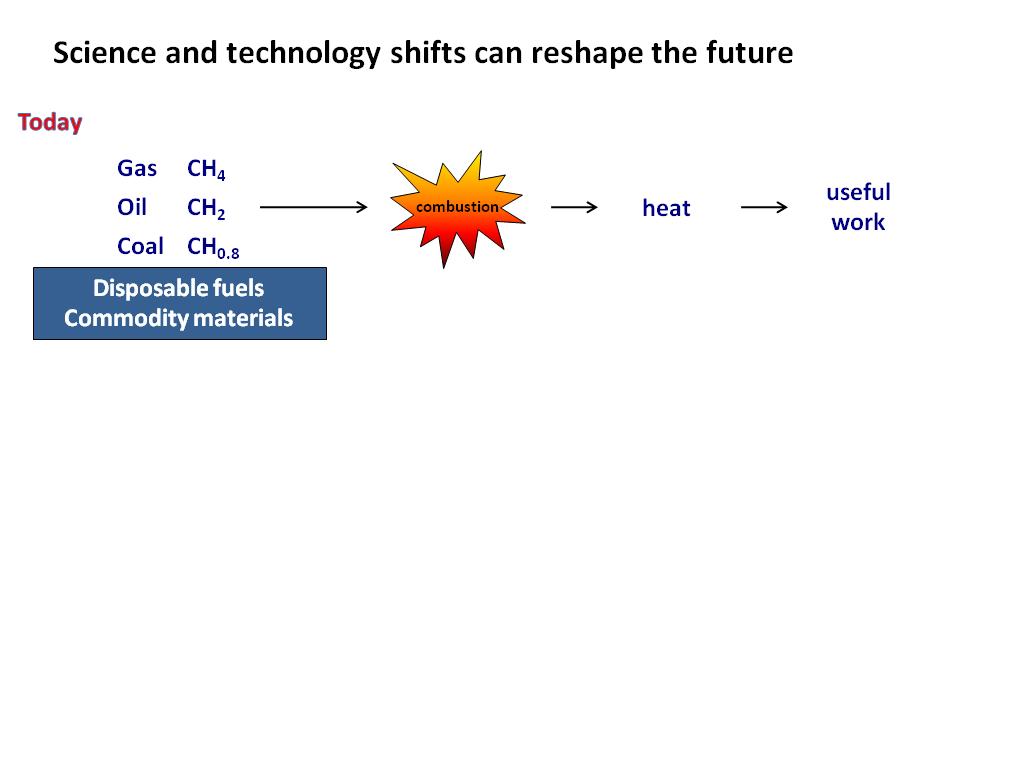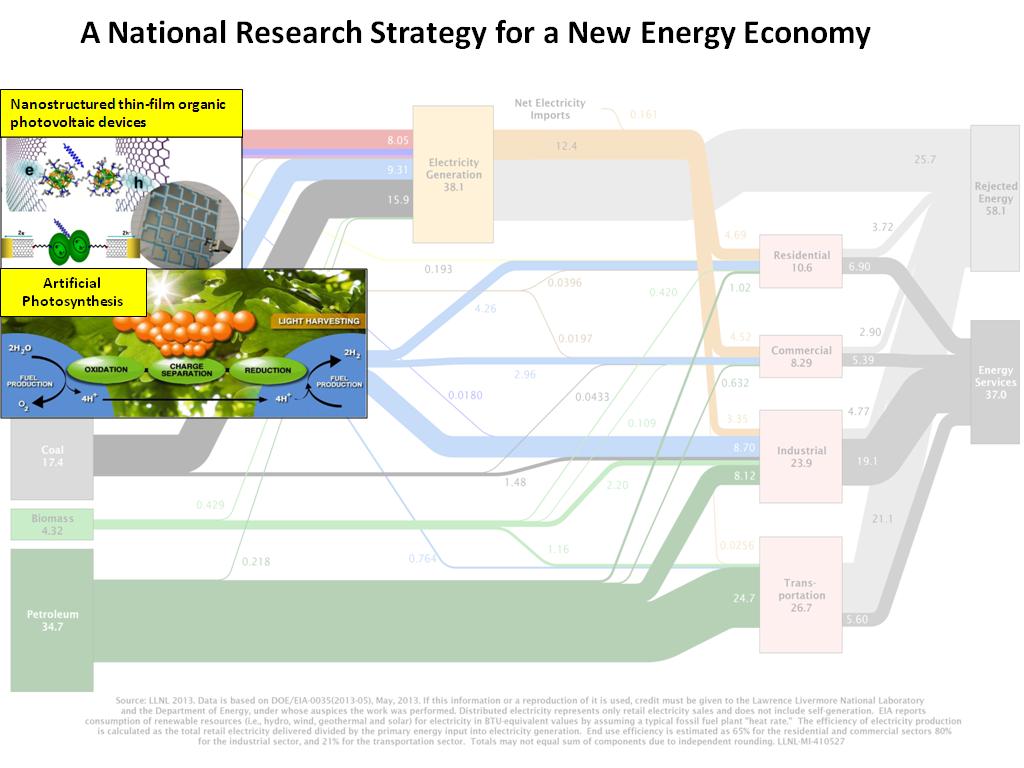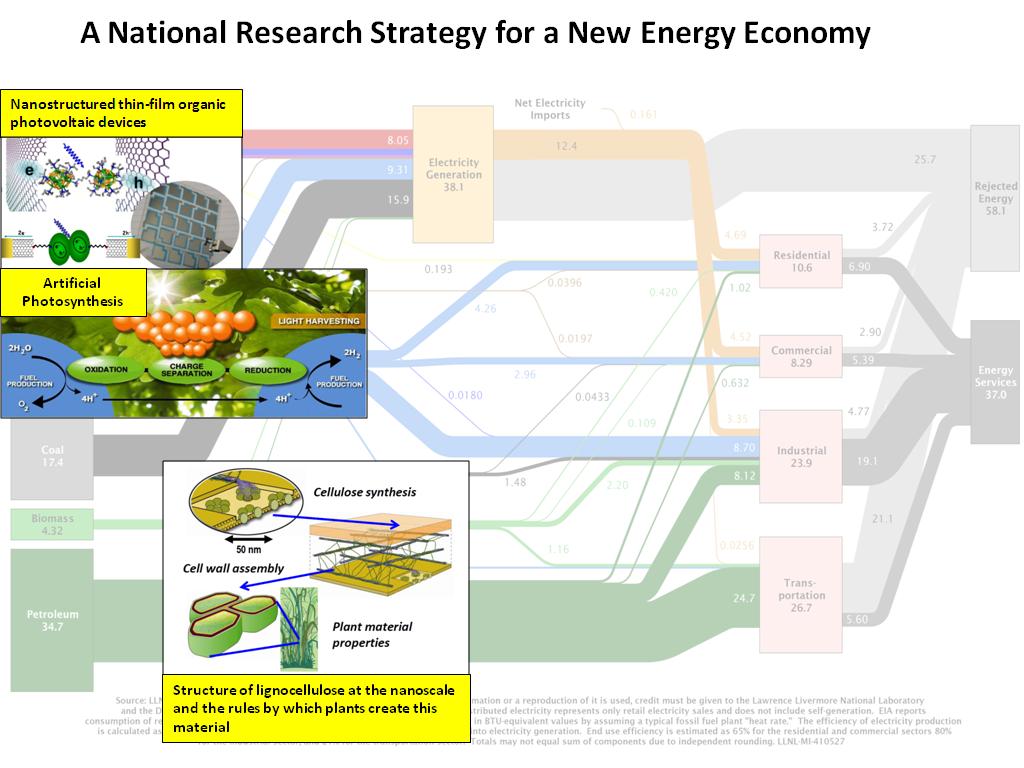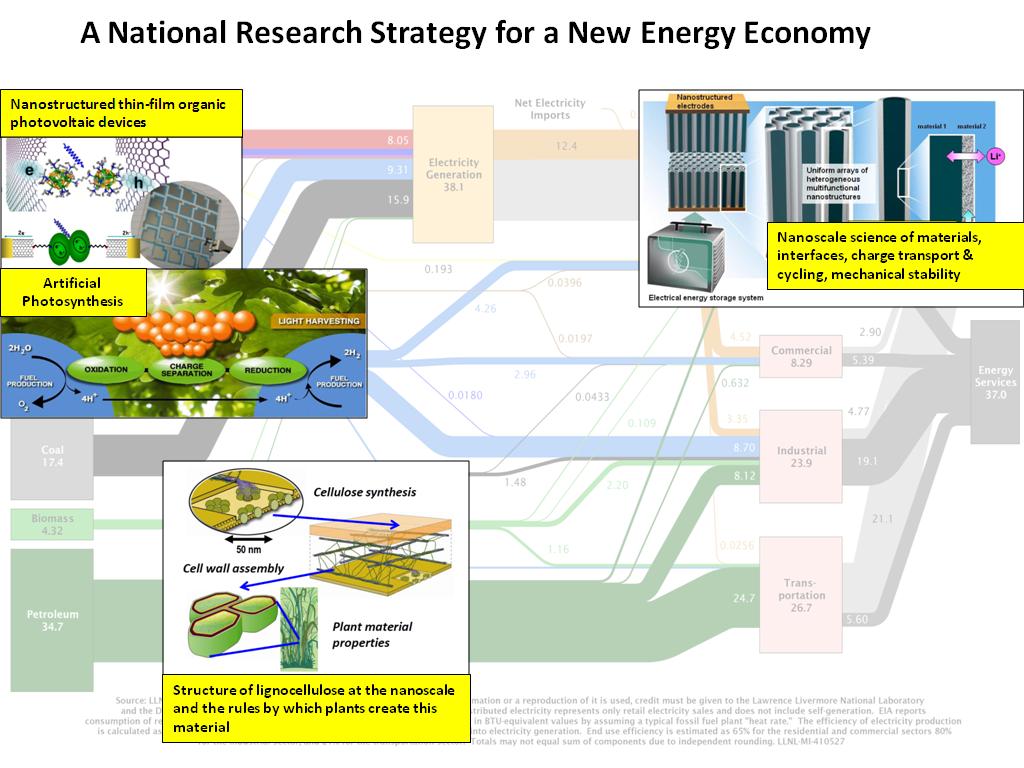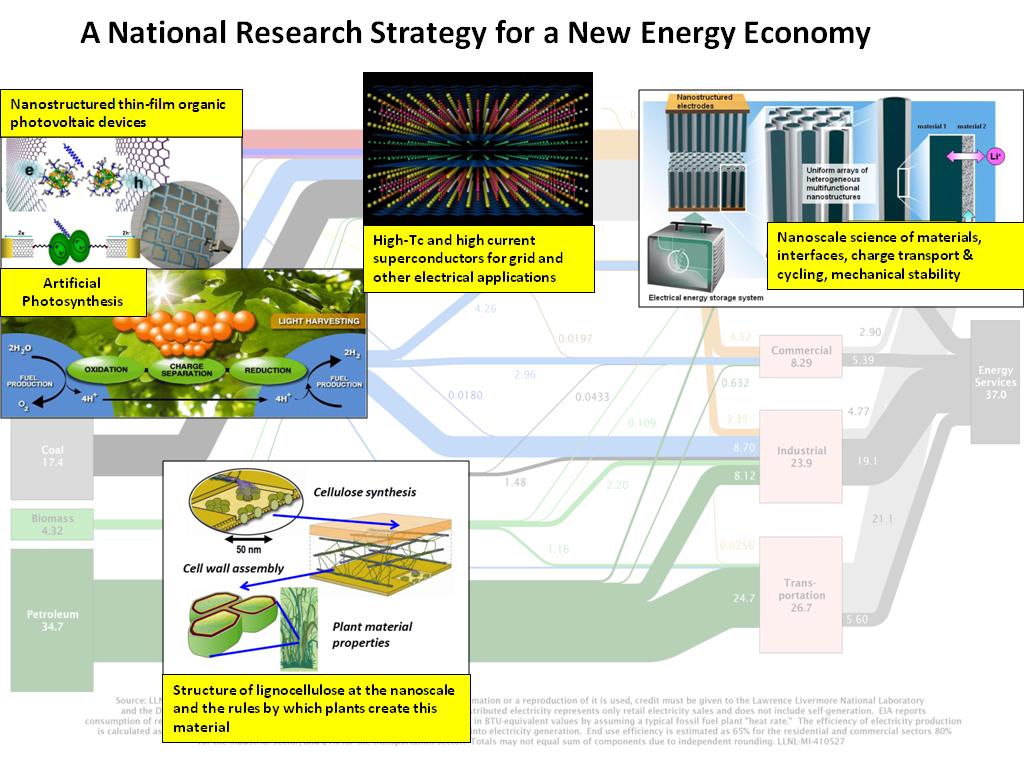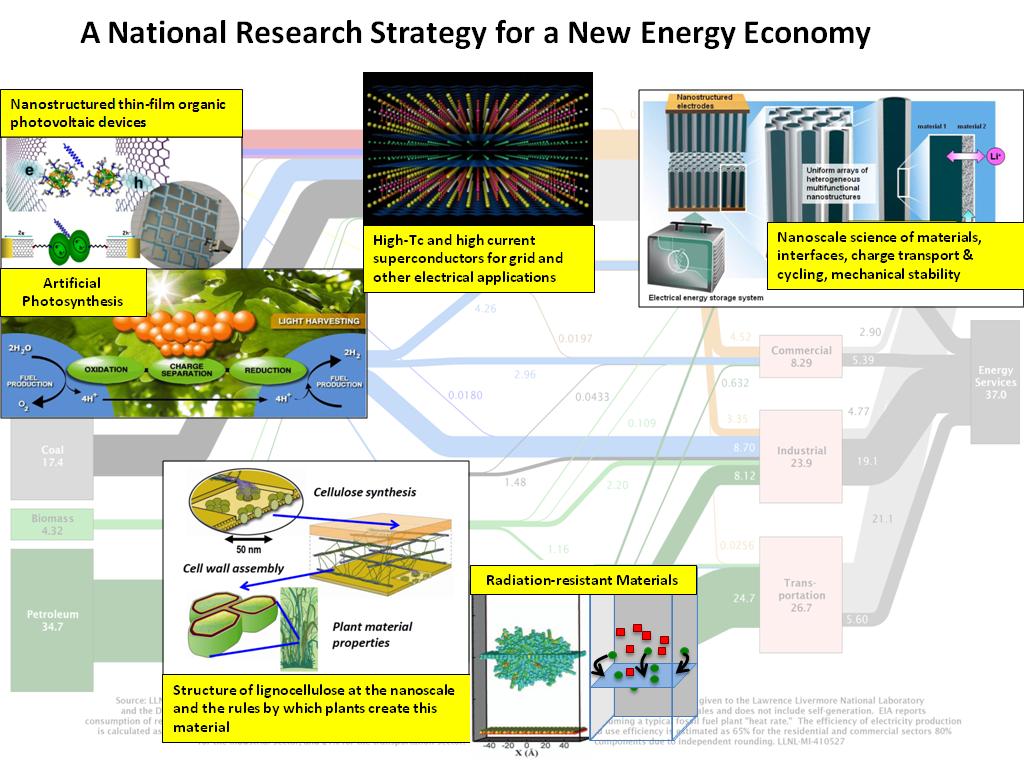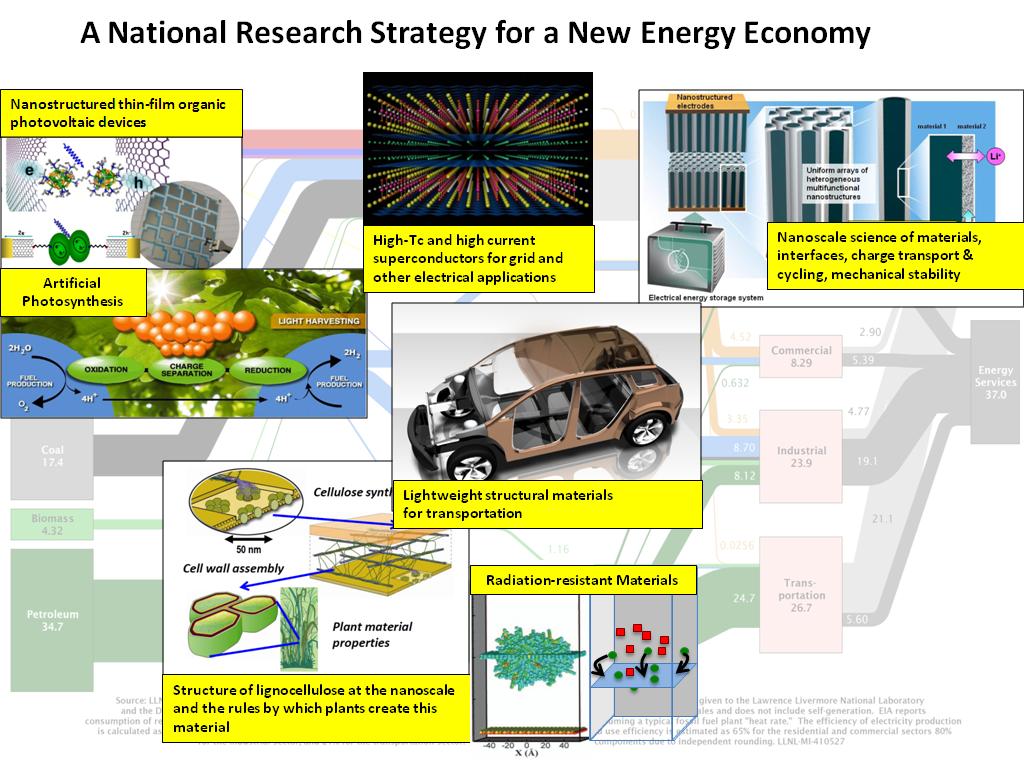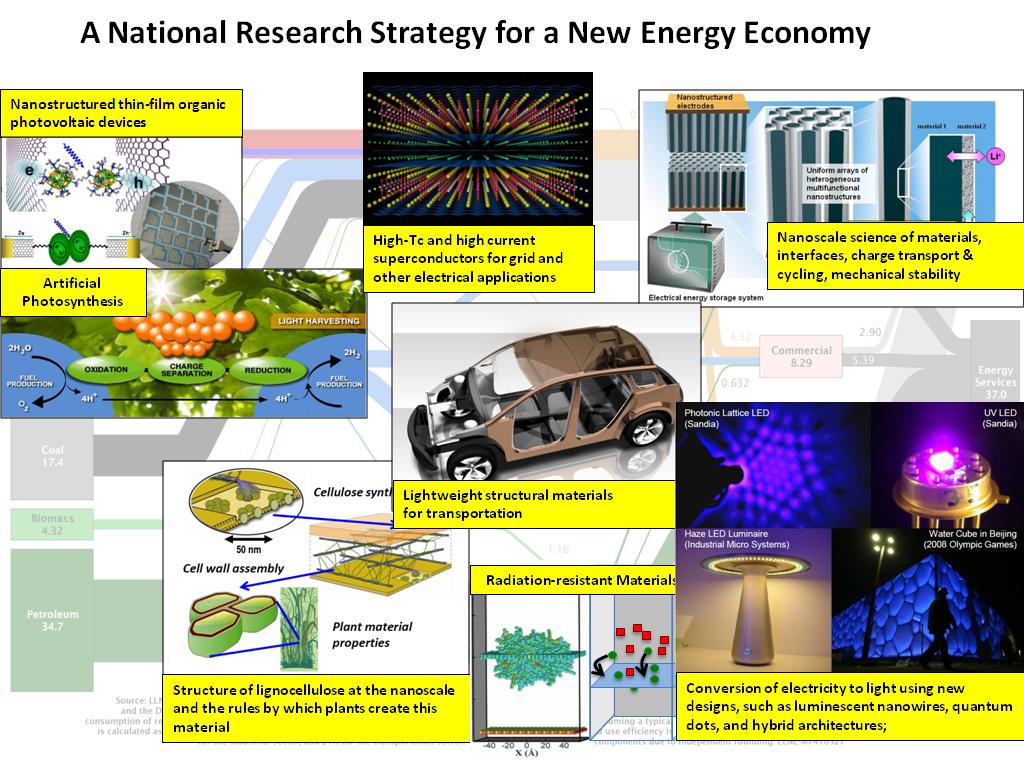Tailoring Biomass to Fit the Biofuels Pipeline
Tailoring Biomass to Fit the Biofuels Pipeline
-
 1. GRACE Measuring Earth's Mass i…
0
00:00/00:00
1. GRACE Measuring Earth's Mass i…
0
00:00/00:00 -
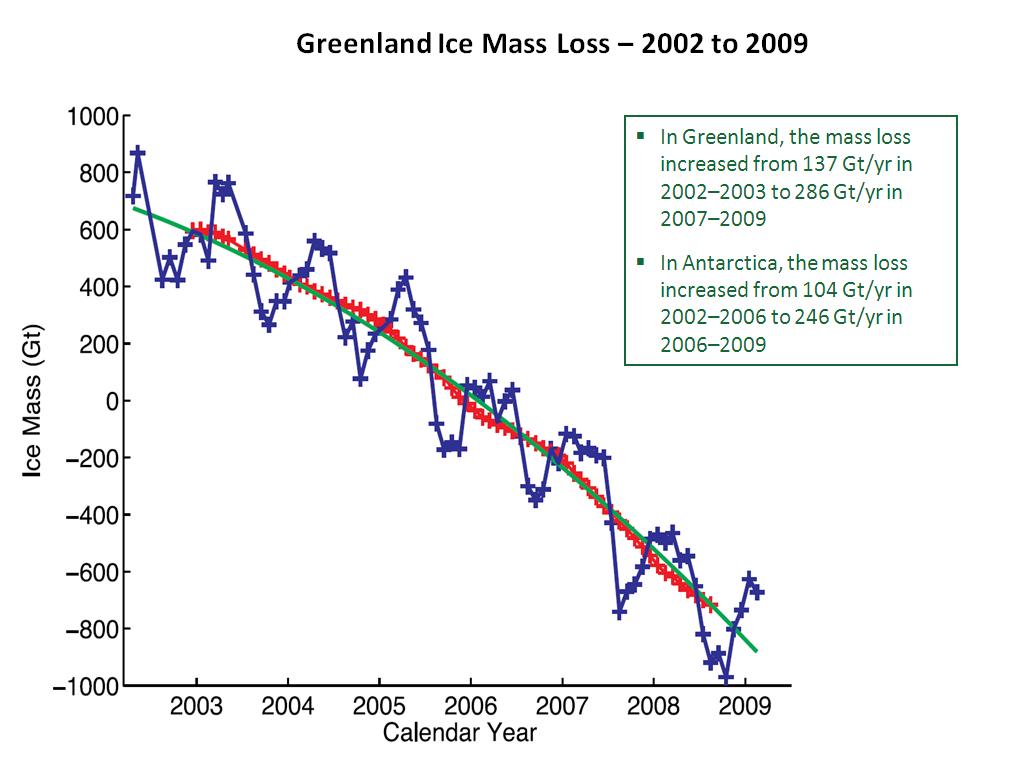 2. Greenland Ice Mass Loss – 20…
67.167167167167165
00:00/00:00
2. Greenland Ice Mass Loss – 20…
67.167167167167165
00:00/00:00 -
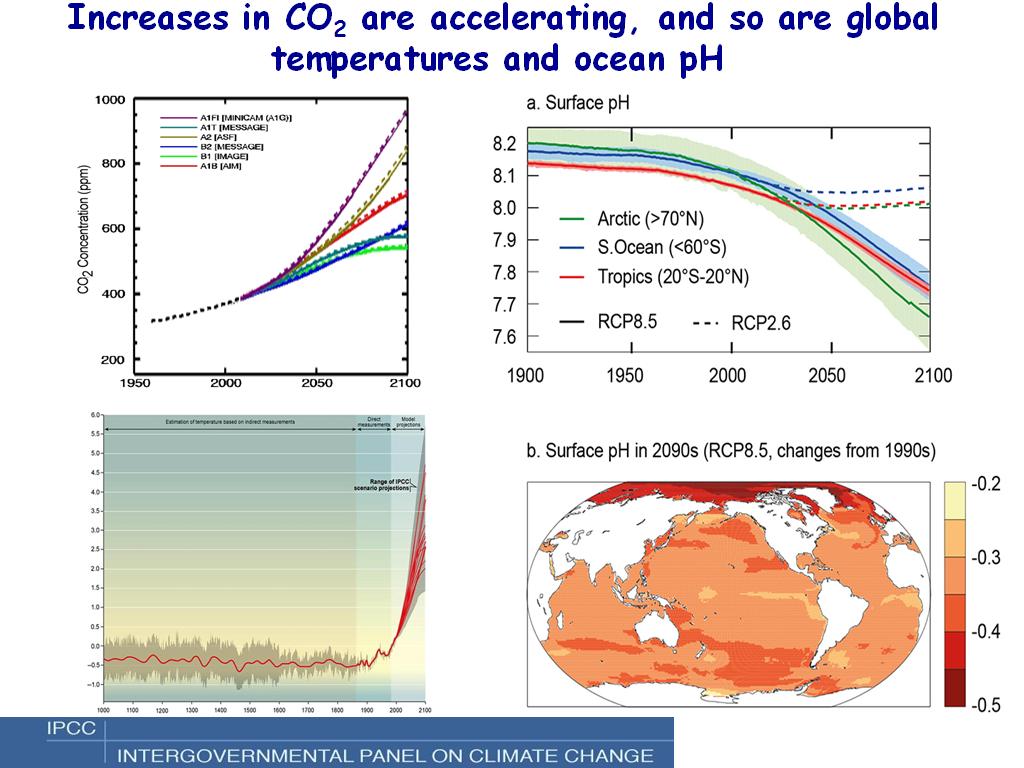 3. Increases in CO2 are accelerat…
104.47113780447114
00:00/00:00
3. Increases in CO2 are accelerat…
104.47113780447114
00:00/00:00 -
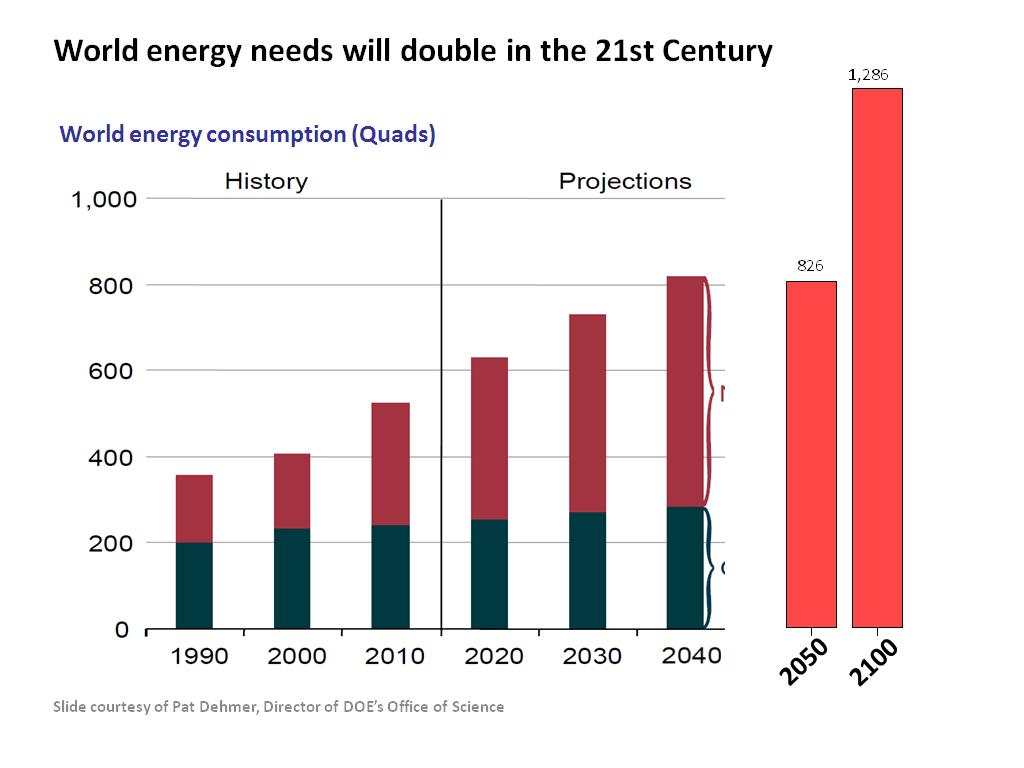 4. World energy needs will double…
182.91624958291627
00:00/00:00
4. World energy needs will double…
182.91624958291627
00:00/00:00 -
 5. Fossil fuel supplies
293.66032699366036
00:00/00:00
5. Fossil fuel supplies
293.66032699366036
00:00/00:00 -
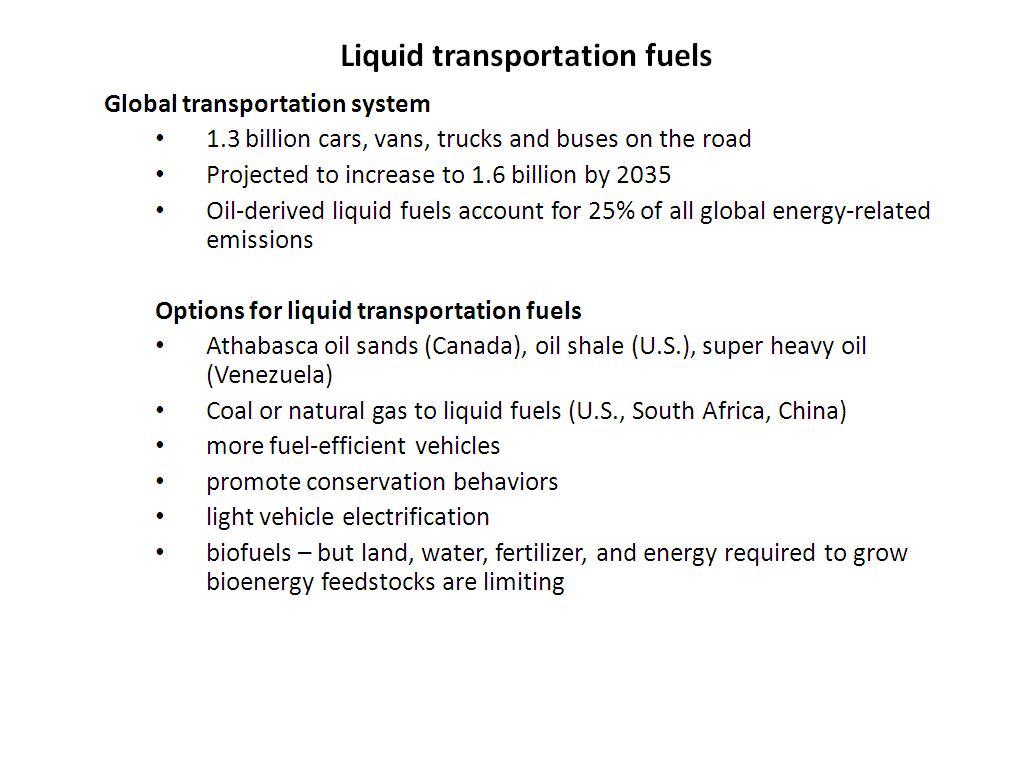 6. Liquid transportation fuels
415.88254921588259
00:00/00:00
6. Liquid transportation fuels
415.88254921588259
00:00/00:00 -
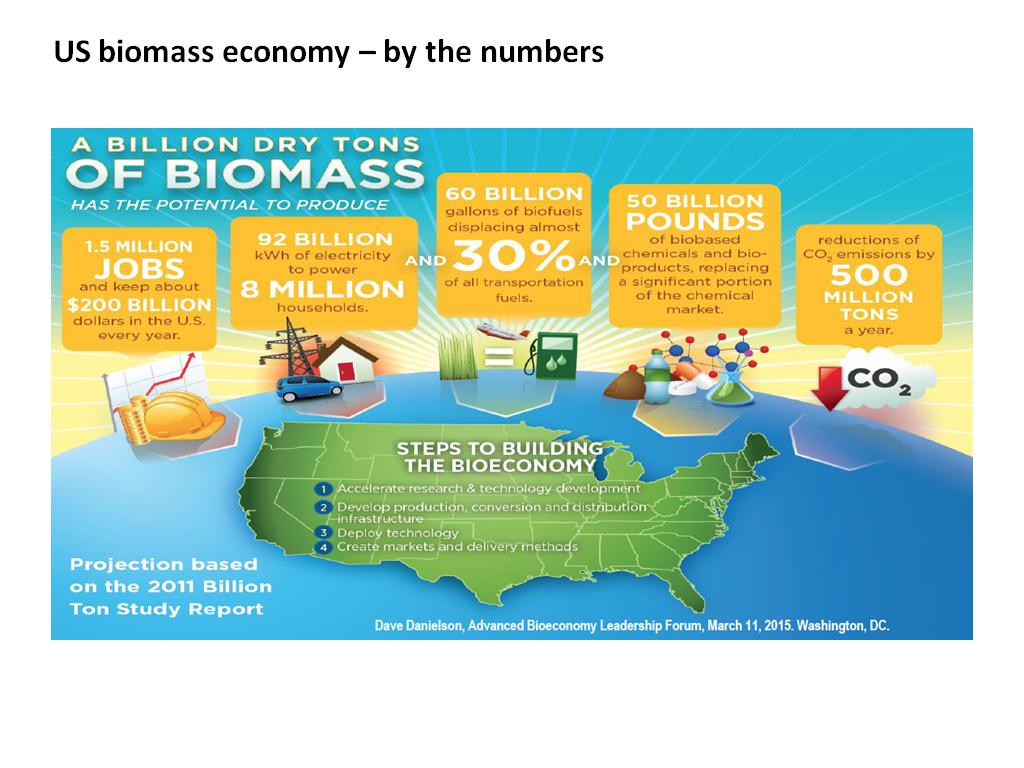 7. US biomass economy – by the …
641.80847514180846
00:00/00:00
7. US biomass economy – by the …
641.80847514180846
00:00/00:00 -
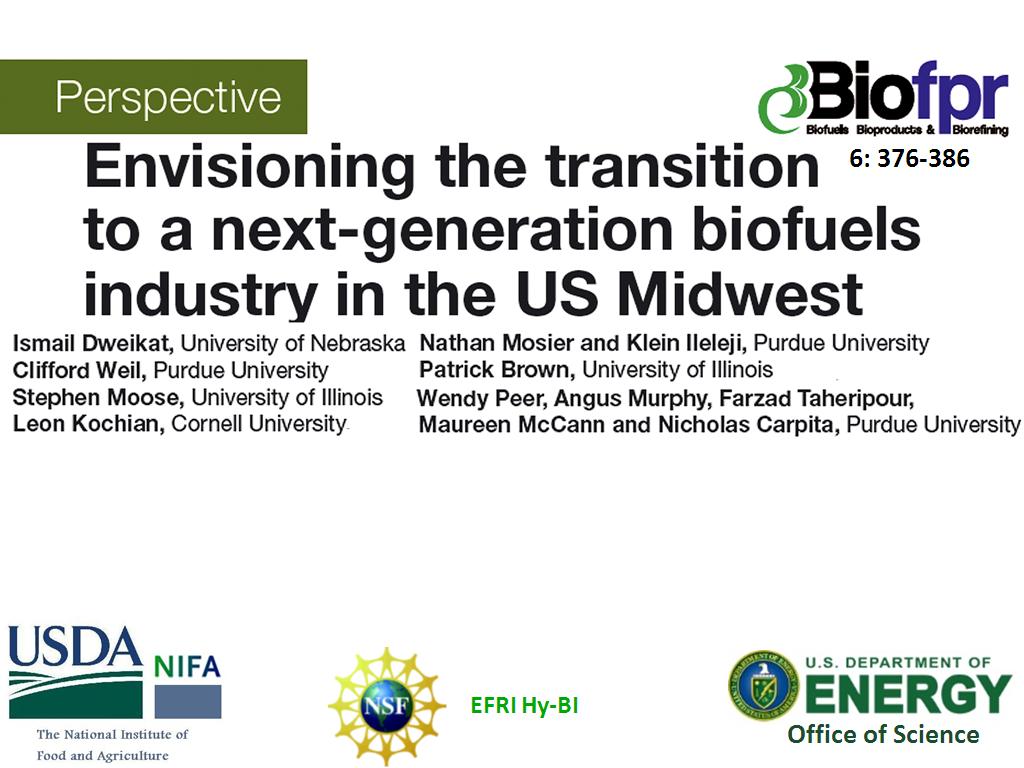 8. Envisioning the transition to …
700.43376710043378
00:00/00:00
8. Envisioning the transition to …
700.43376710043378
00:00/00:00 -
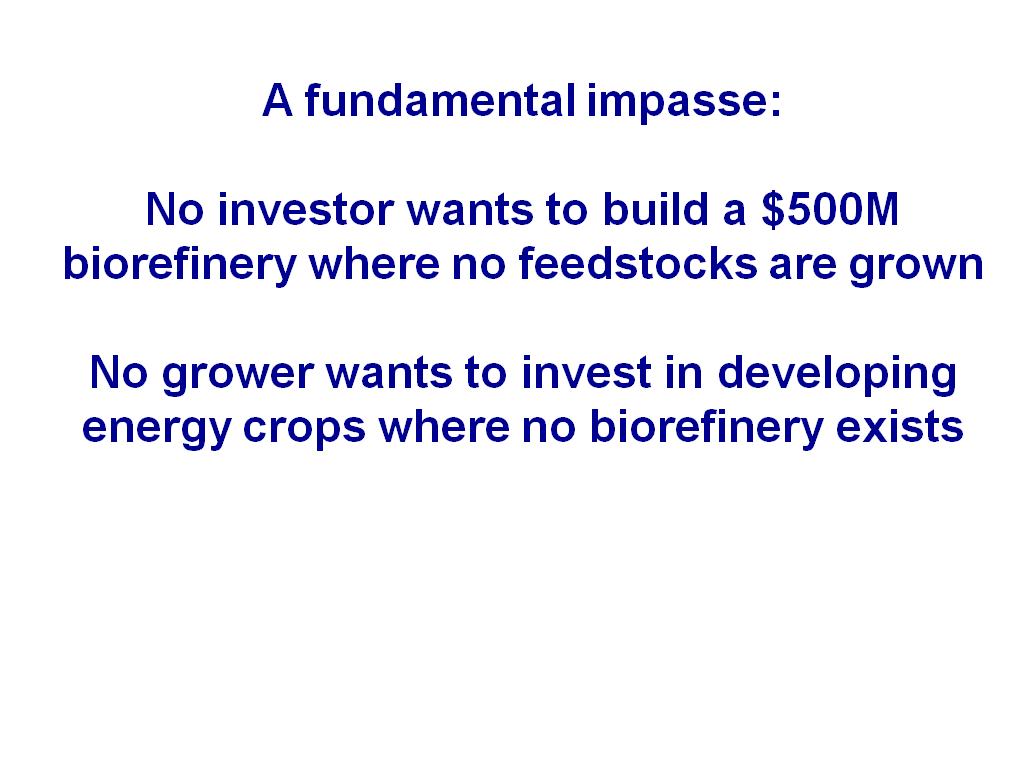 9. A fundamental impasse
752.1187854521188
00:00/00:00
9. A fundamental impasse
752.1187854521188
00:00/00:00 -
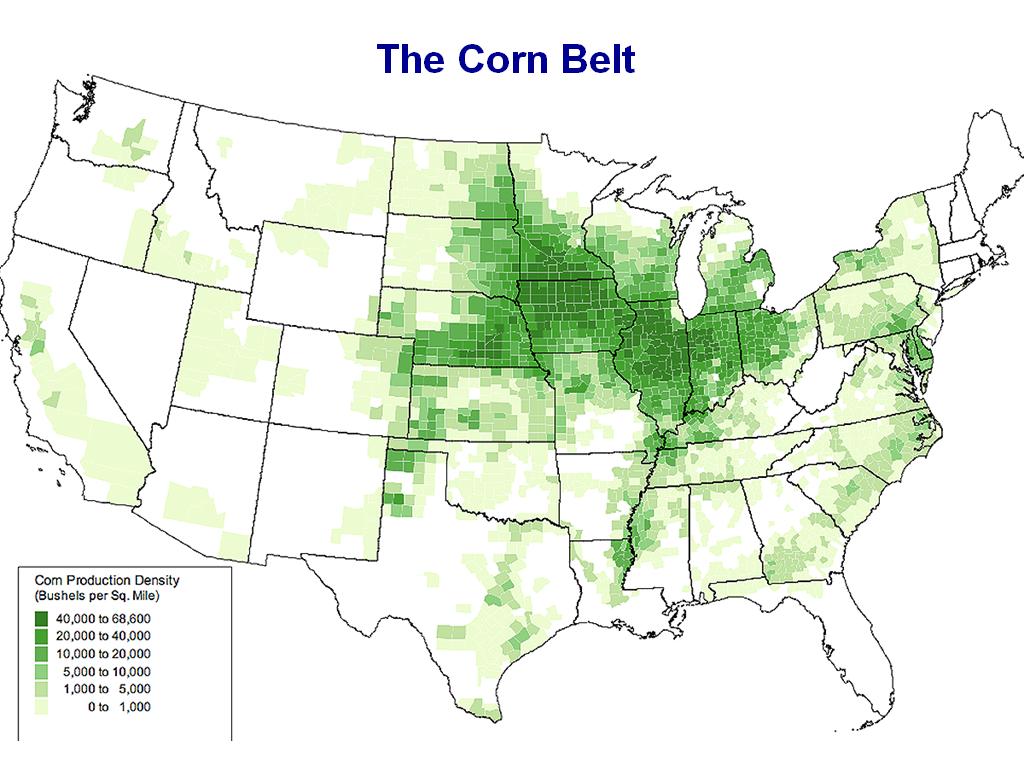 10. The Corn Belt
846.91358024691363
00:00/00:00
10. The Corn Belt
846.91358024691363
00:00/00:00 -
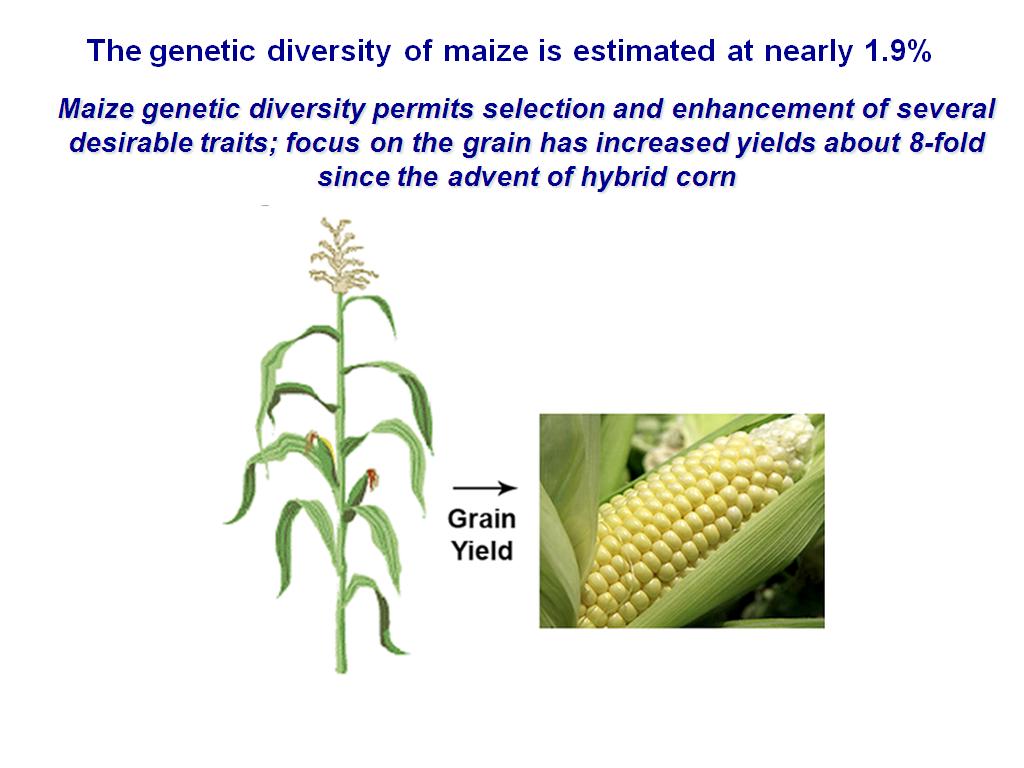 11. The genetic diversity of maize…
910.41041041041046
00:00/00:00
11. The genetic diversity of maize…
910.41041041041046
00:00/00:00 -
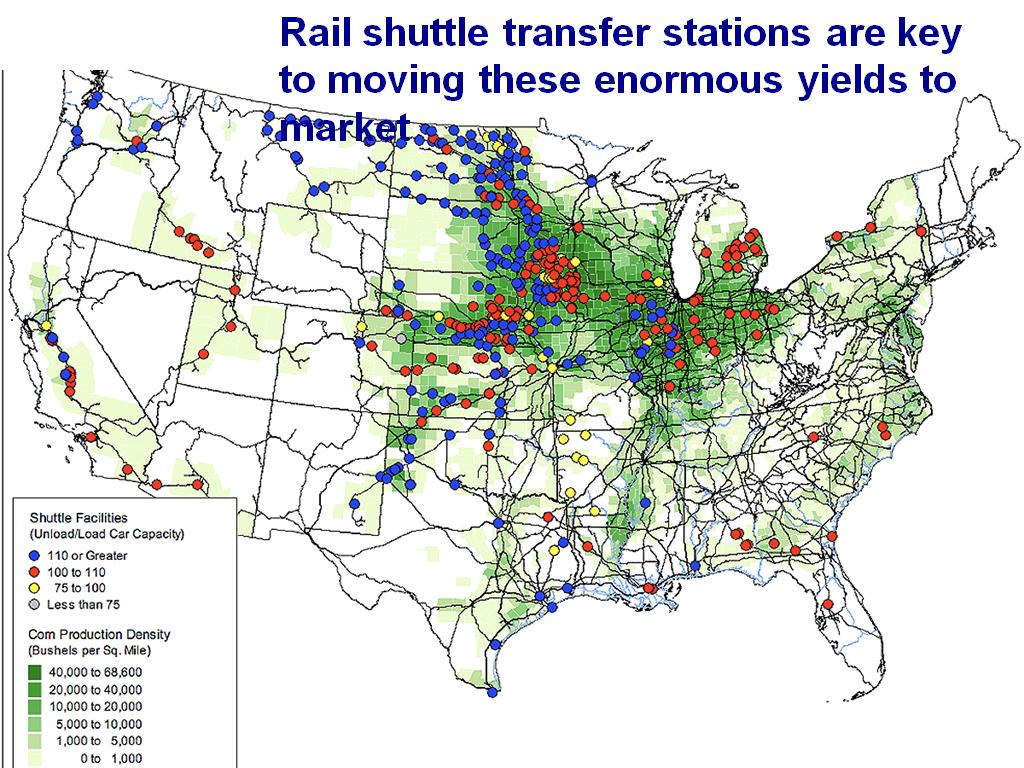 12. Rail shuttle transfer stations
931.8985652318986
00:00/00:00
12. Rail shuttle transfer stations
931.8985652318986
00:00/00:00 -
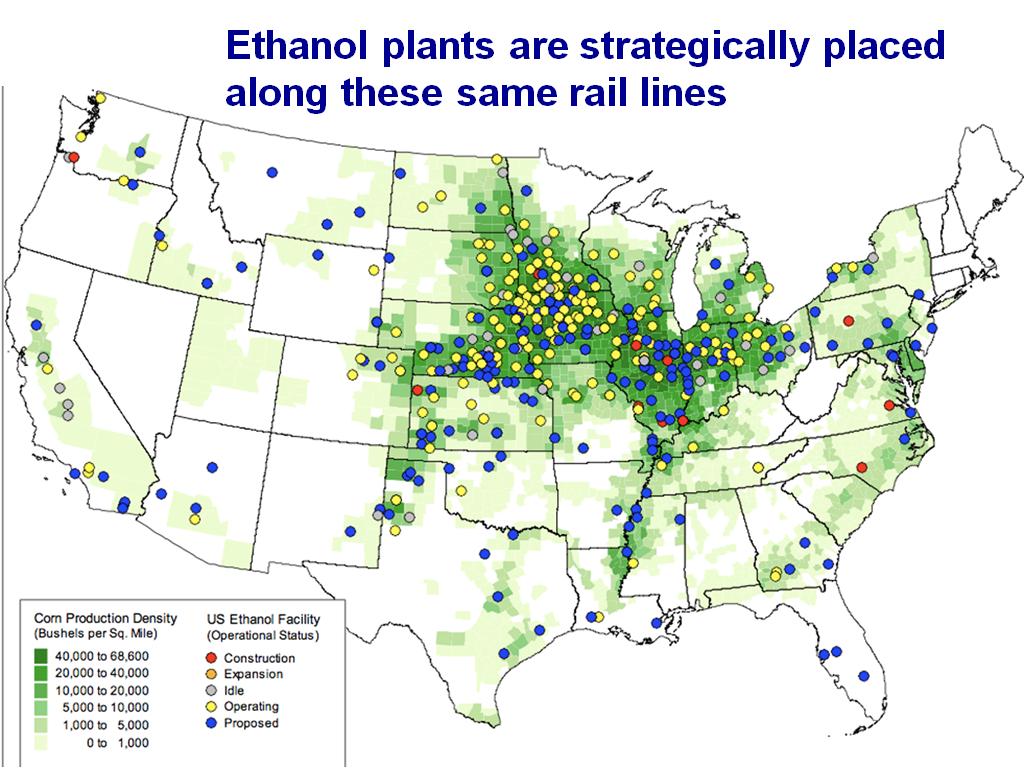 13. Ethanol plants
1036.936936936937
00:00/00:00
13. Ethanol plants
1036.936936936937
00:00/00:00 -
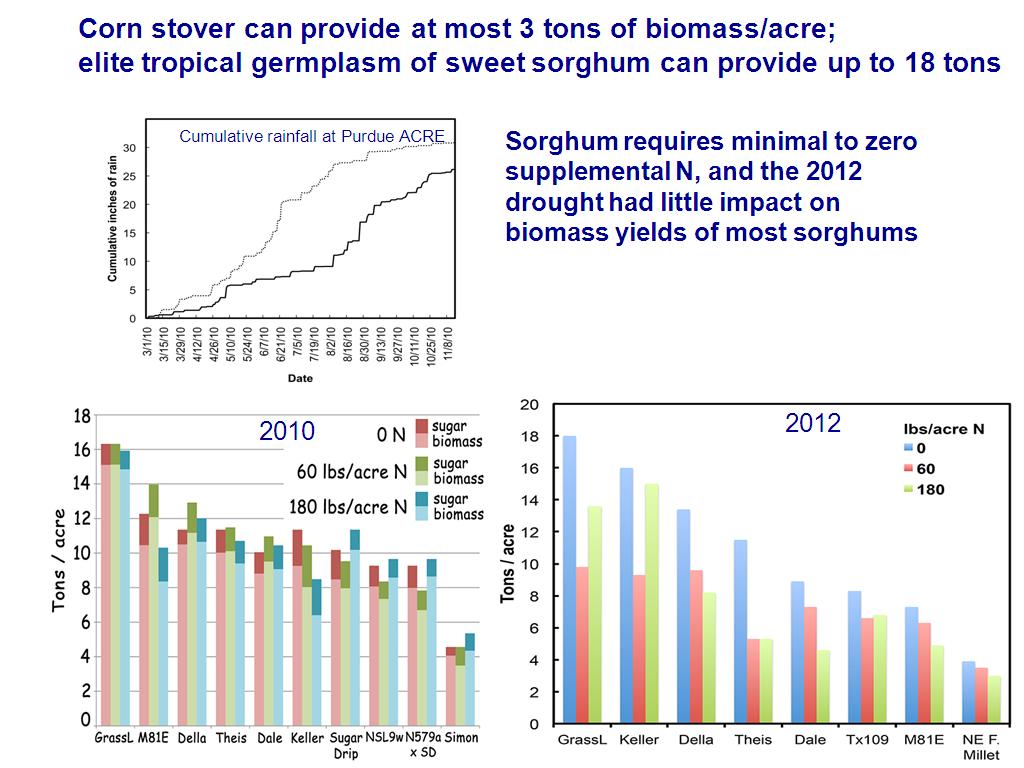 14. Corn stover can provide at mos…
1103.4367701034369
00:00/00:00
14. Corn stover can provide at mos…
1103.4367701034369
00:00/00:00 -
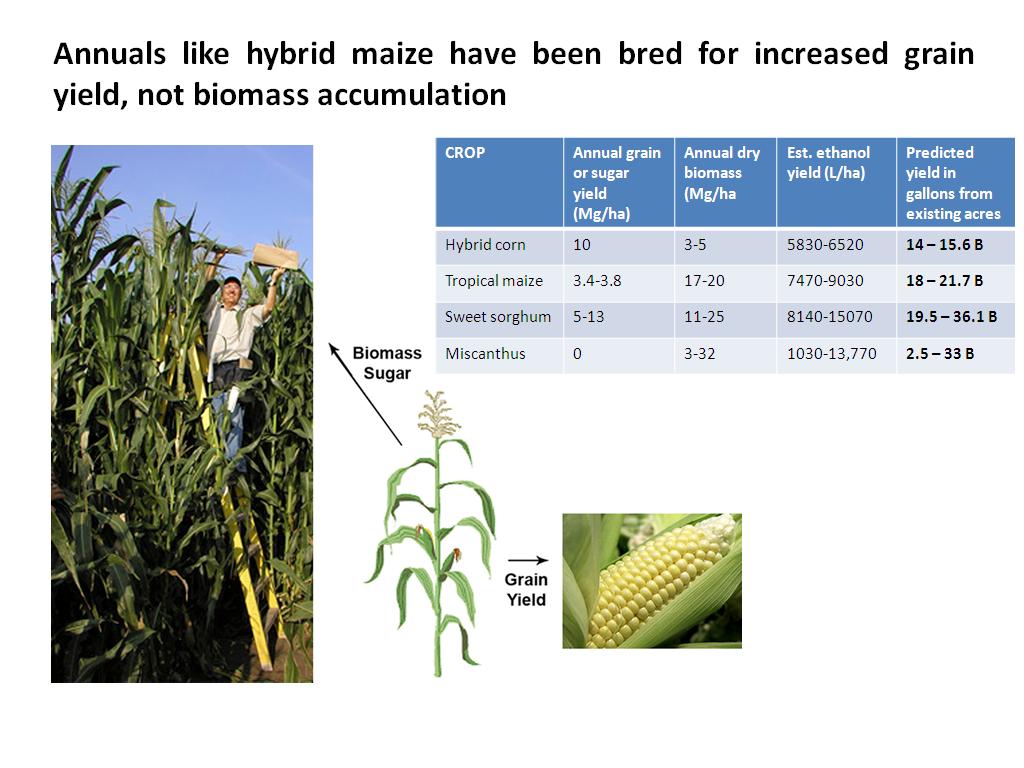 15. Annuals like hybrid maize have…
1229.8298298298298
00:00/00:00
15. Annuals like hybrid maize have…
1229.8298298298298
00:00/00:00 -
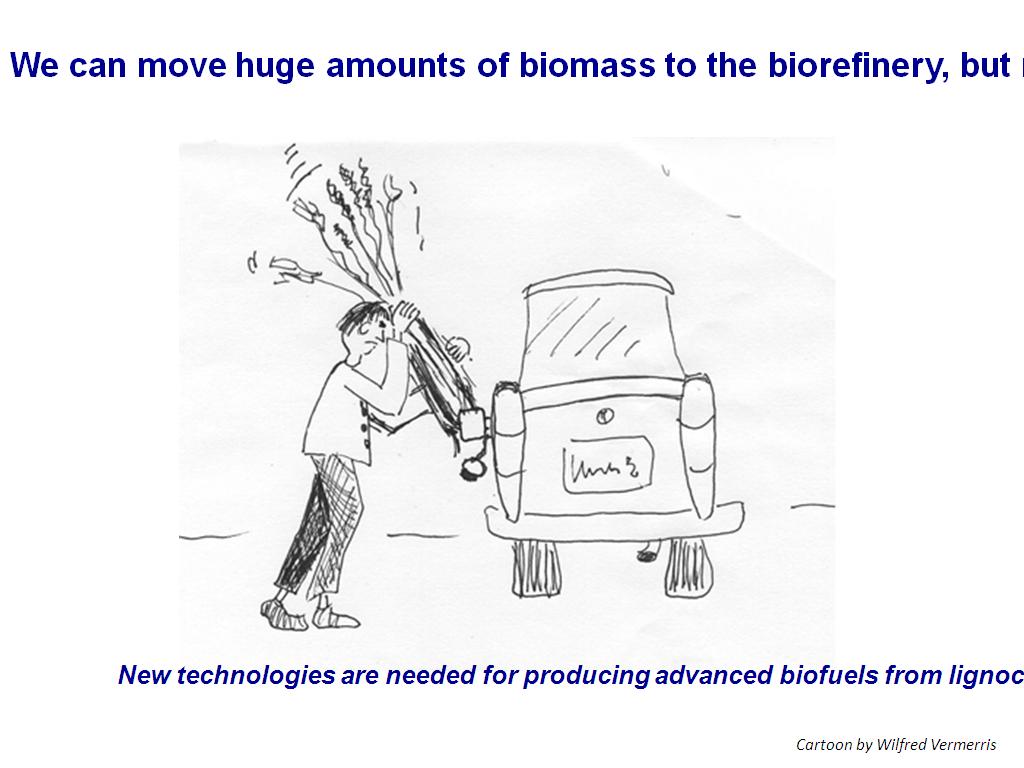 16. ..but now what?
1363.1297964631299
00:00/00:00
16. ..but now what?
1363.1297964631299
00:00/00:00 -
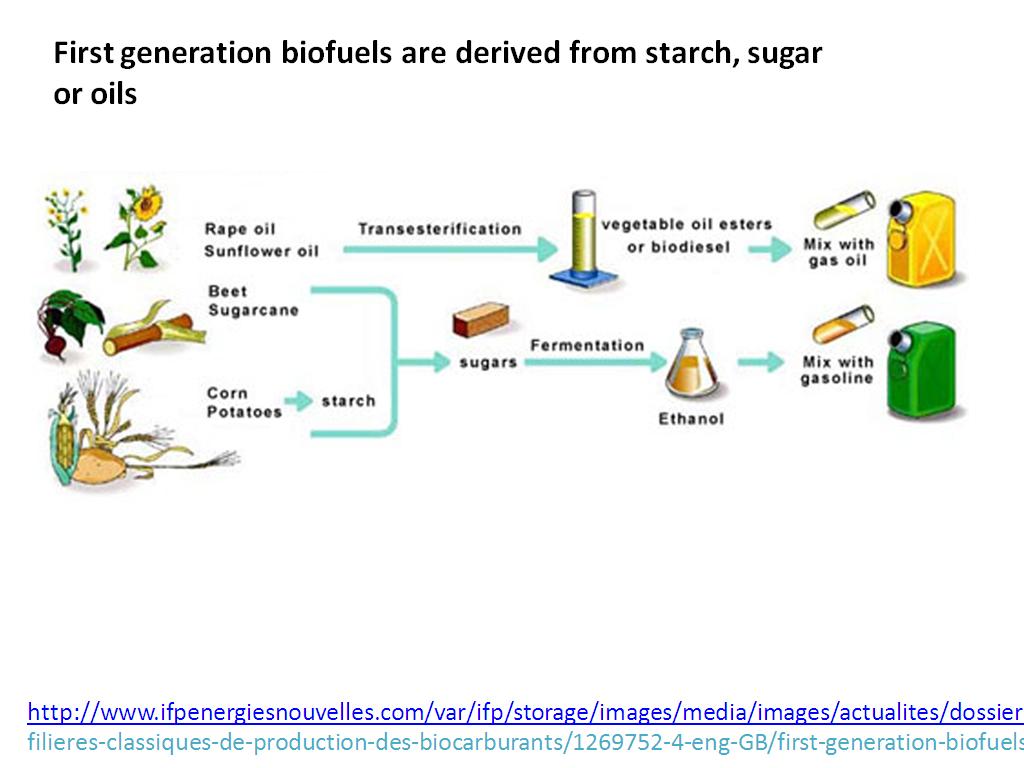 17. First generation biofuels are …
1396.8301634968302
00:00/00:00
17. First generation biofuels are …
1396.8301634968302
00:00/00:00 -
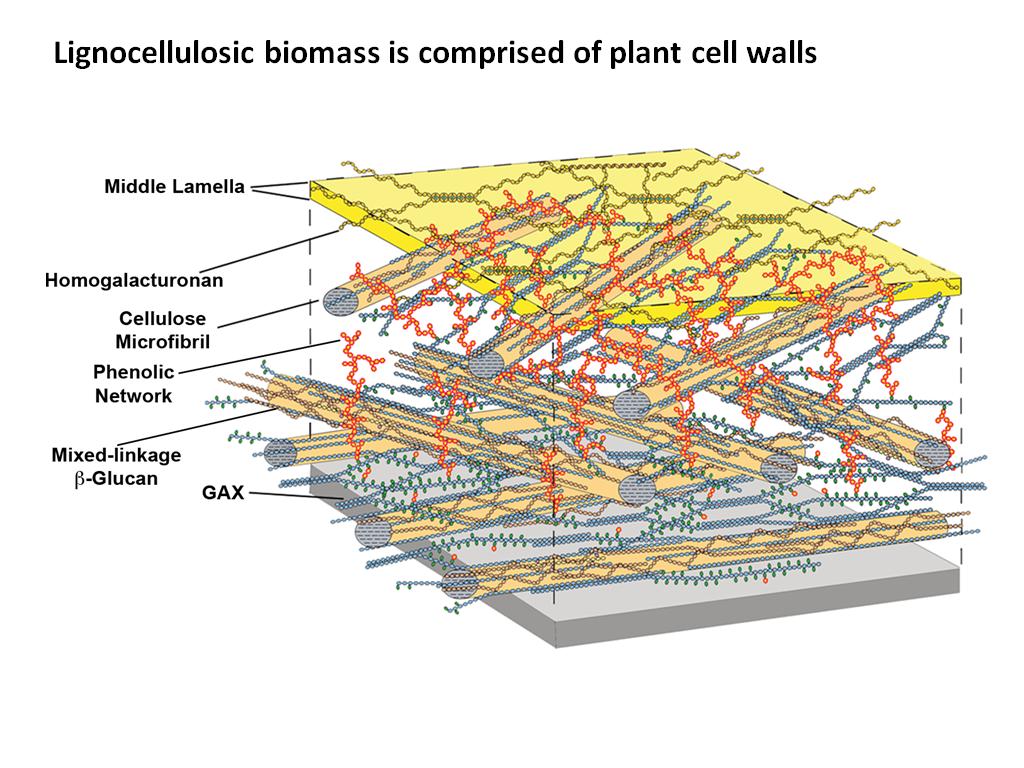 18. Lignocellulosic biomass is com…
1490.1901901901902
00:00/00:00
18. Lignocellulosic biomass is com…
1490.1901901901902
00:00/00:00 -
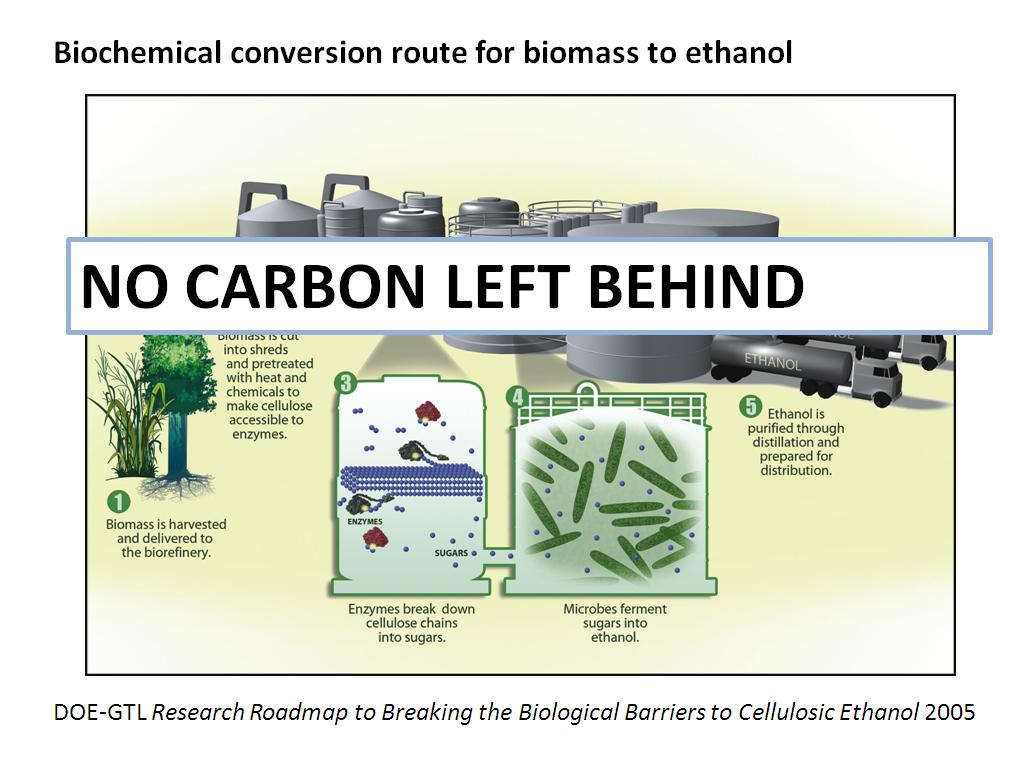 19. Biochemical conversion route f…
1571.2712712712714
00:00/00:00
19. Biochemical conversion route f…
1571.2712712712714
00:00/00:00 -
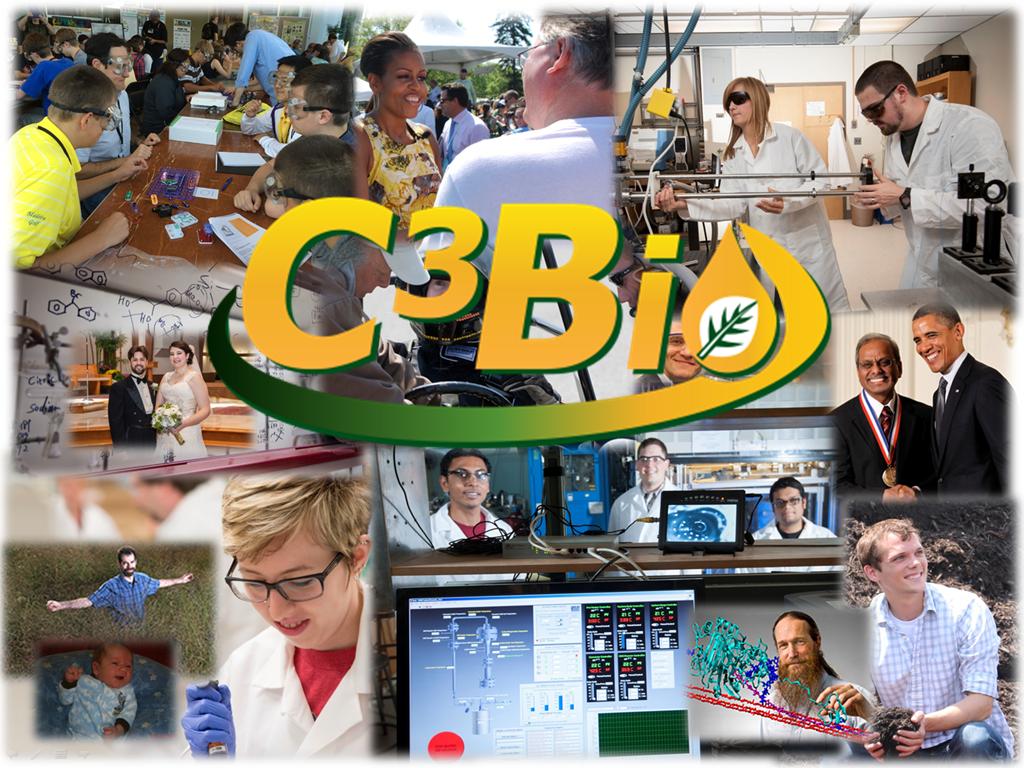 20. C3Bio
1787.7877877877879
00:00/00:00
20. C3Bio
1787.7877877877879
00:00/00:00 -
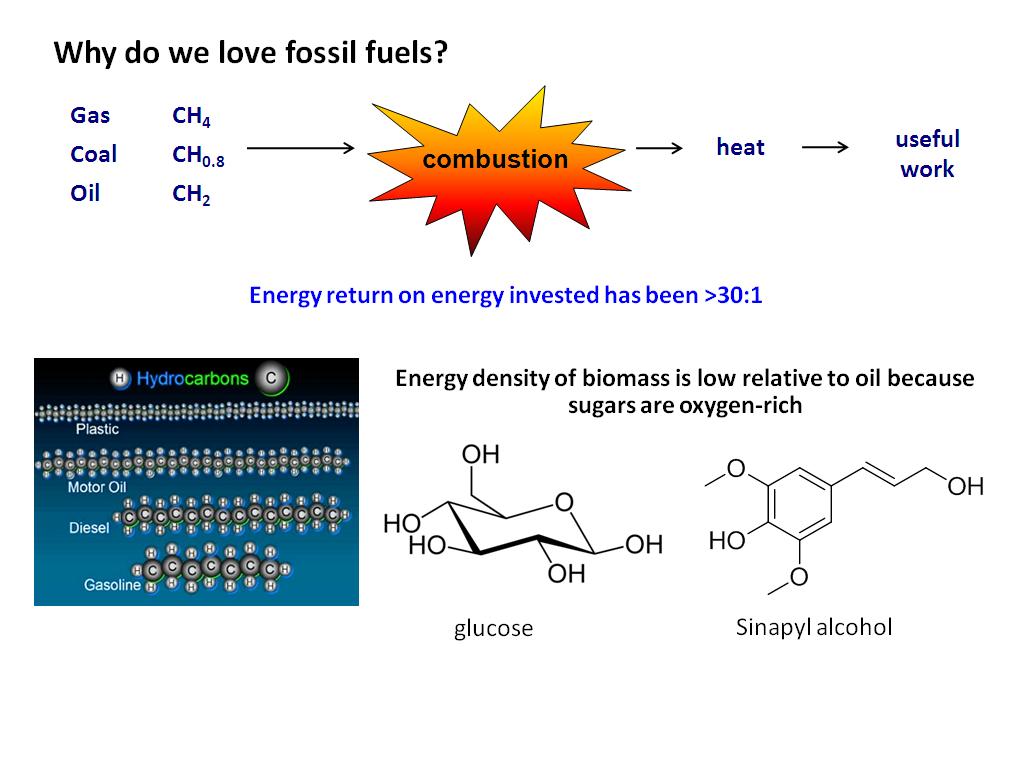 21. Why do we love fossil fuels?
1830.4304304304305
00:00/00:00
21. Why do we love fossil fuels?
1830.4304304304305
00:00/00:00 -
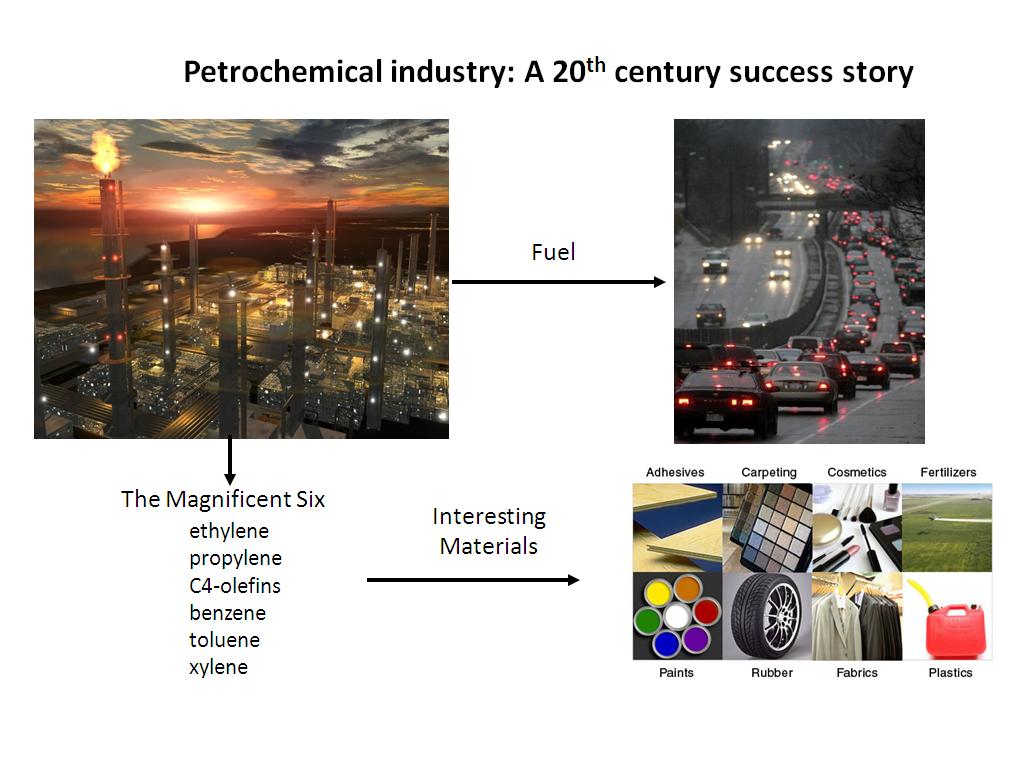 22. Petrochemical industry: A 20th…
1925.1584918251585
00:00/00:00
22. Petrochemical industry: A 20th…
1925.1584918251585
00:00/00:00 -
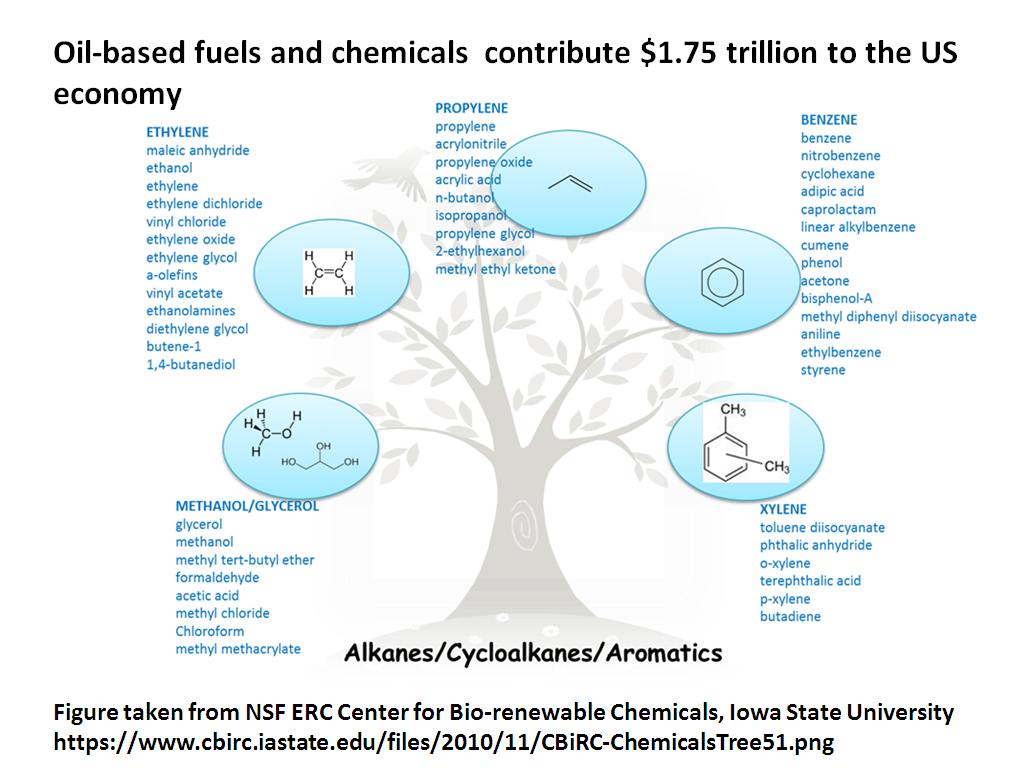 23. Oil-based fuels and chemicals
1955.1217884551218
00:00/00:00
23. Oil-based fuels and chemicals
1955.1217884551218
00:00/00:00 -
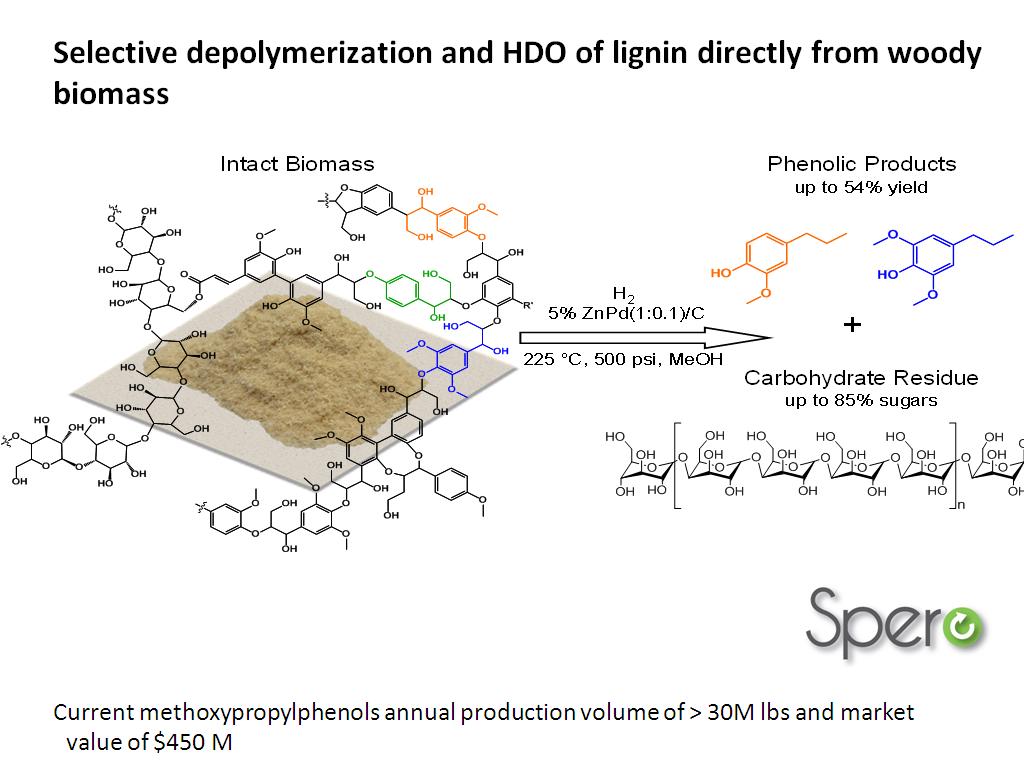 24. Selective depolymerization and…
2021.8218218218219
00:00/00:00
24. Selective depolymerization and…
2021.8218218218219
00:00/00:00 -
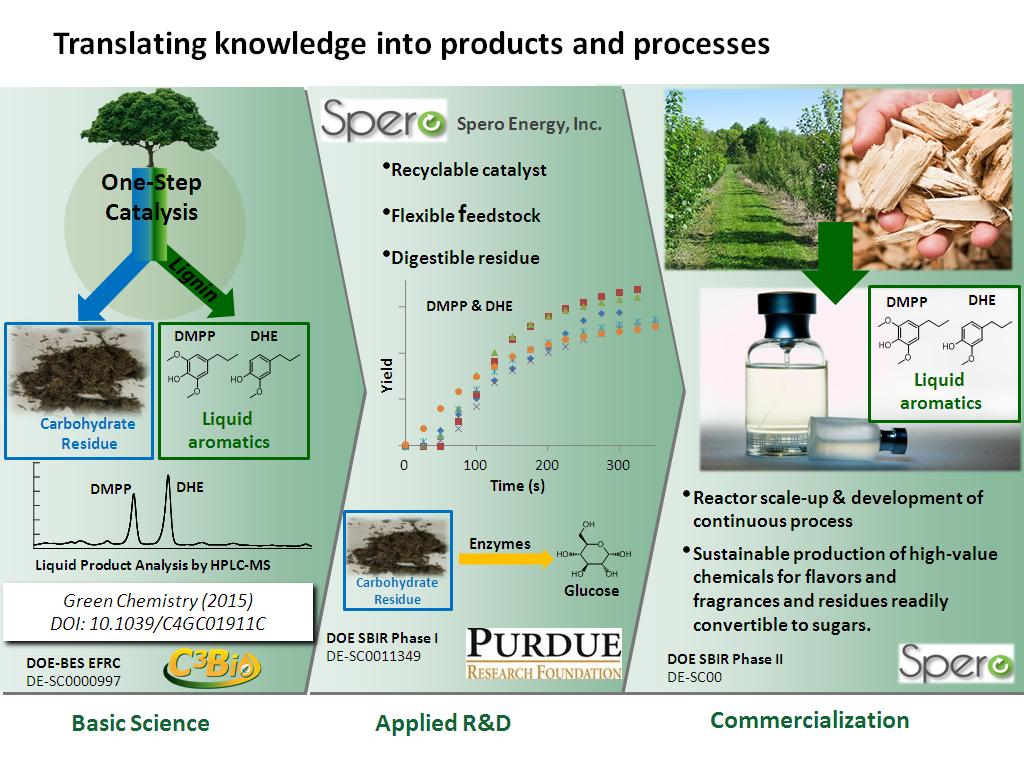 25. Translating knowledge into pro…
2121.5548882215548
00:00/00:00
25. Translating knowledge into pro…
2121.5548882215548
00:00/00:00 -
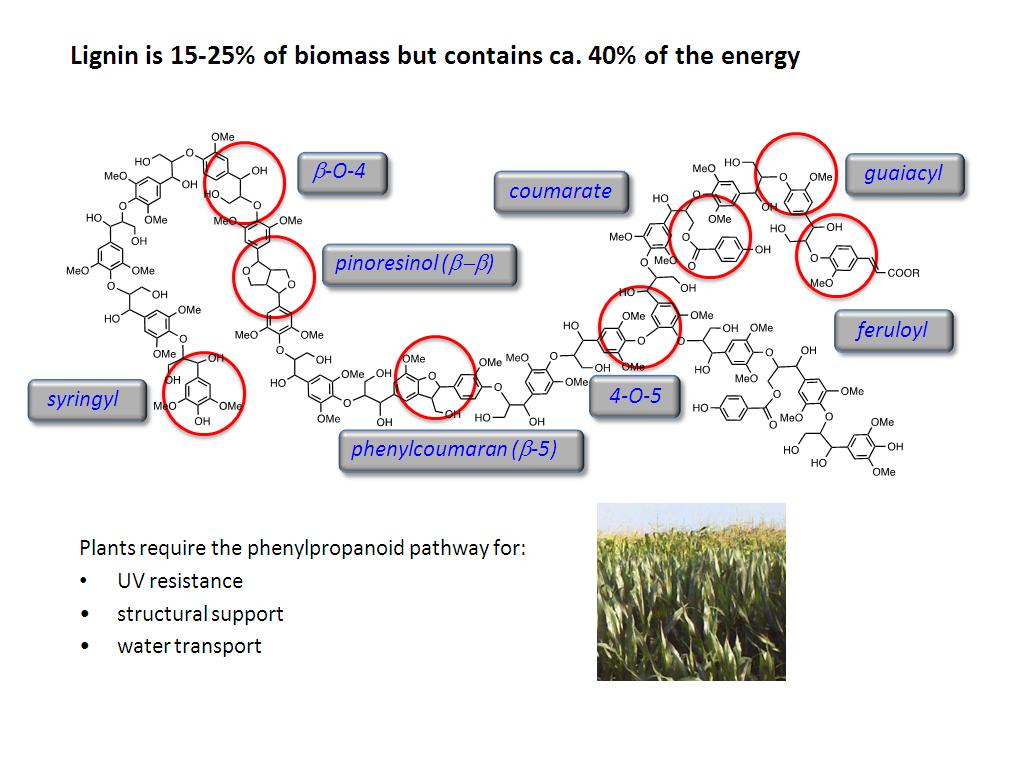 26. Lignin is 15-25% of biomass bu…
2159.7263930597264
00:00/00:00
26. Lignin is 15-25% of biomass bu…
2159.7263930597264
00:00/00:00 -
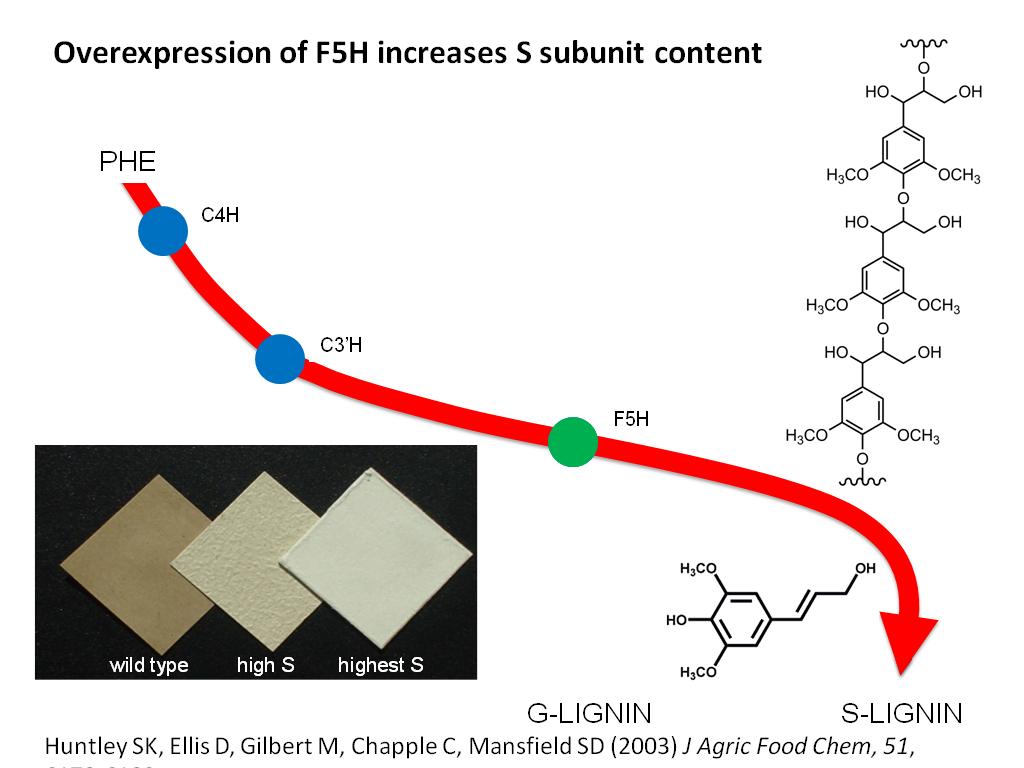 27. Overexpression of F5H increase…
2183.6503169836506
00:00/00:00
27. Overexpression of F5H increase…
2183.6503169836506
00:00/00:00 -
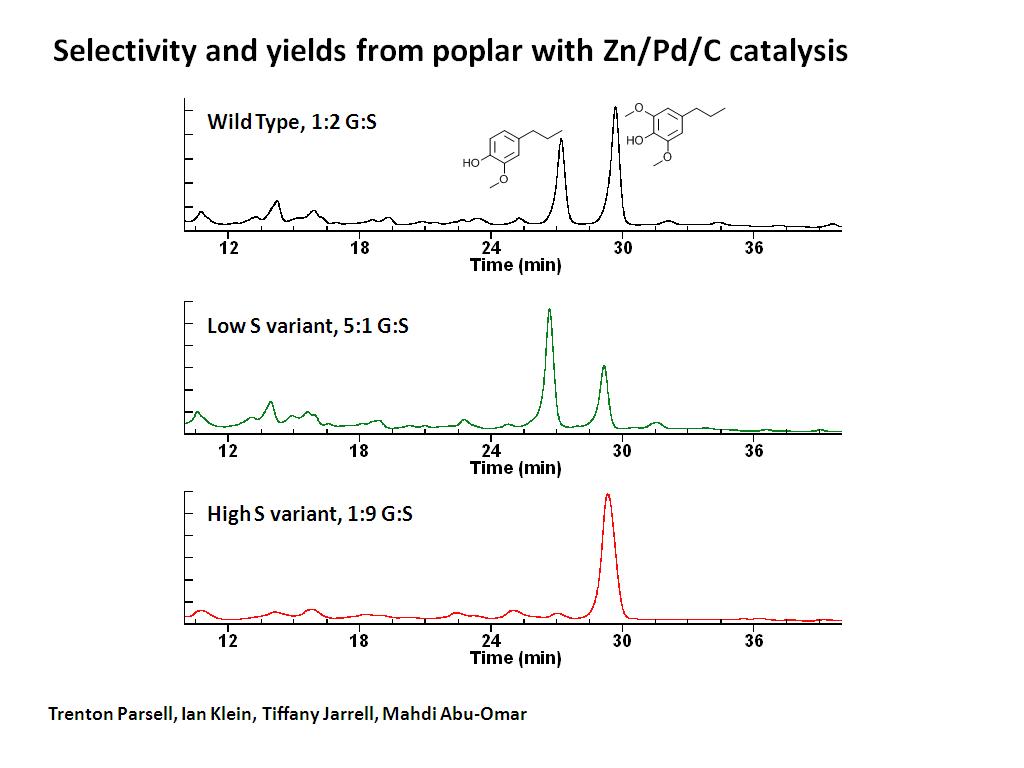 28. Selectivity and yields from po…
2277.1771771771773
00:00/00:00
28. Selectivity and yields from po…
2277.1771771771773
00:00/00:00 -
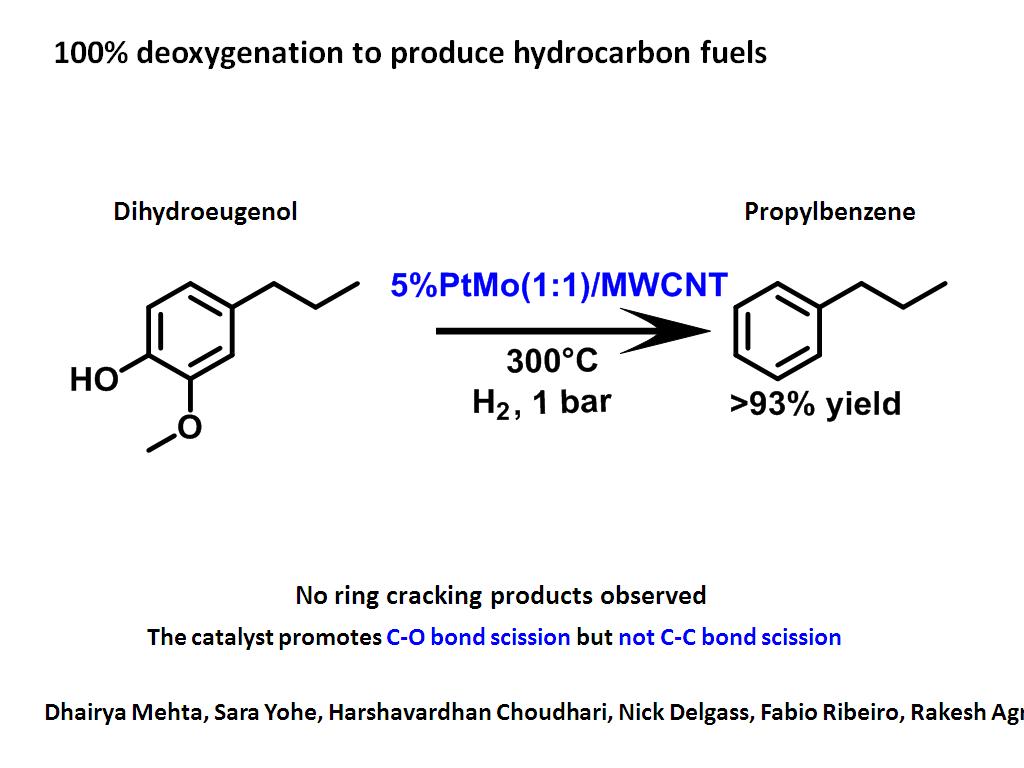 29. 100% deoxygenation to produce …
2357.9245912579245
00:00/00:00
29. 100% deoxygenation to produce …
2357.9245912579245
00:00/00:00 -
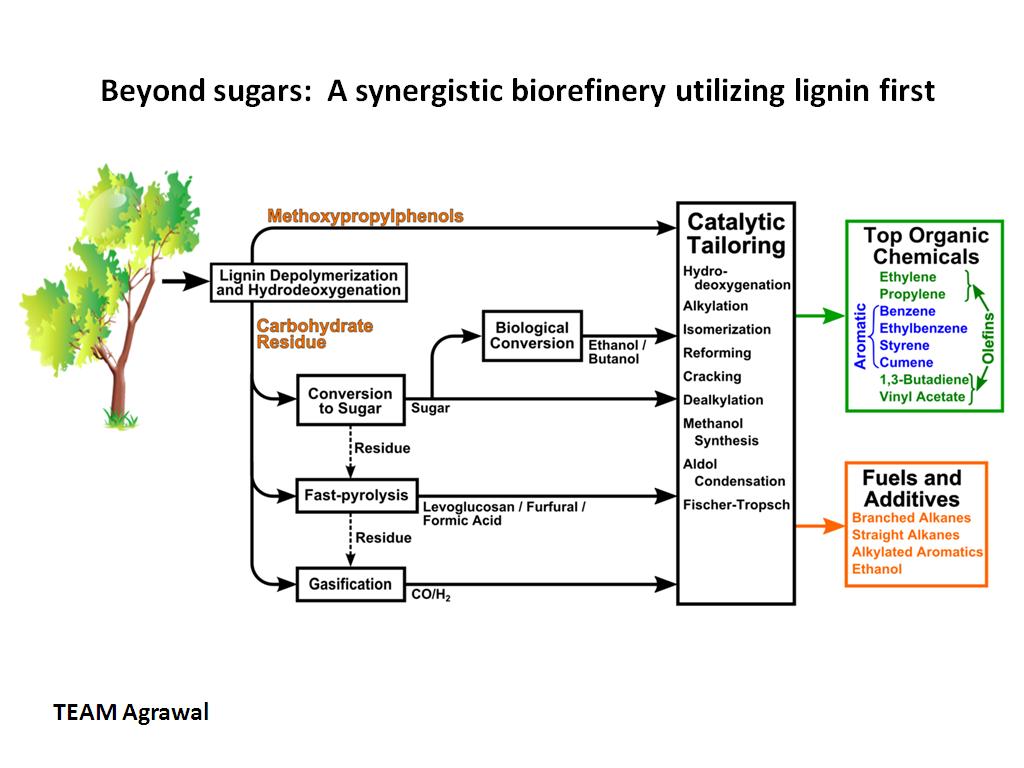 30. Beyond sugars: A synergistic b…
2407.1404738071406
00:00/00:00
30. Beyond sugars: A synergistic b…
2407.1404738071406
00:00/00:00 -
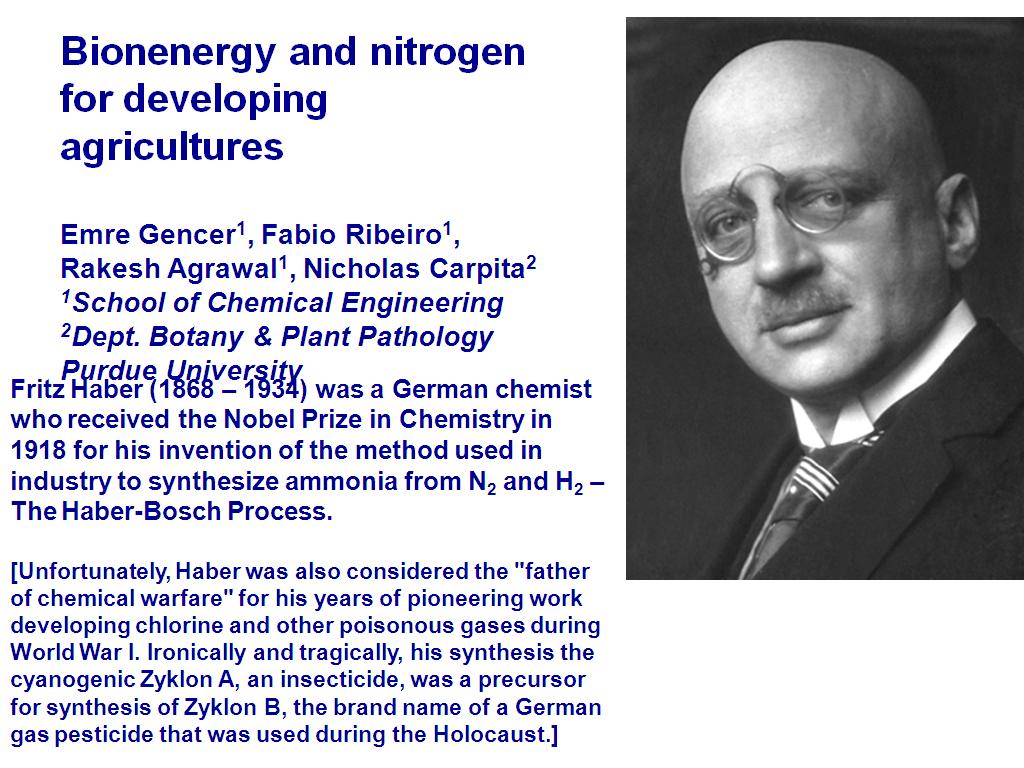 31. Bionenergy and nitrogen for de…
2455.121788455122
00:00/00:00
31. Bionenergy and nitrogen for de…
2455.121788455122
00:00/00:00 -
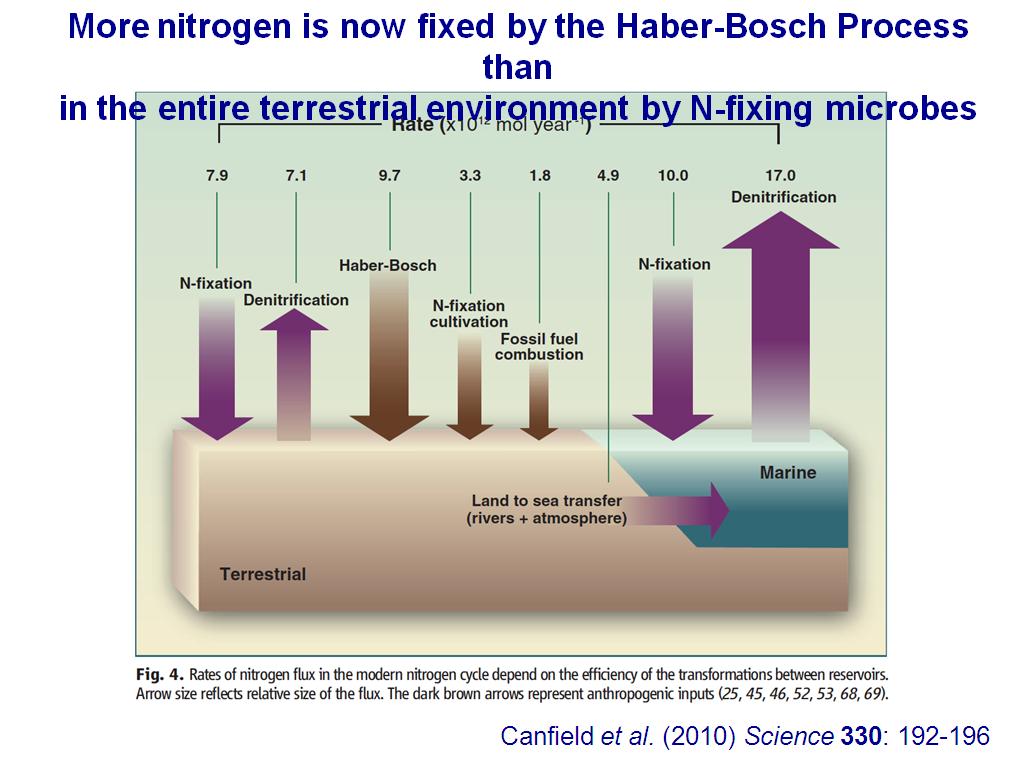 32. More nitrogen is now fixed by …
2532.999666333
00:00/00:00
32. More nitrogen is now fixed by …
2532.999666333
00:00/00:00 -
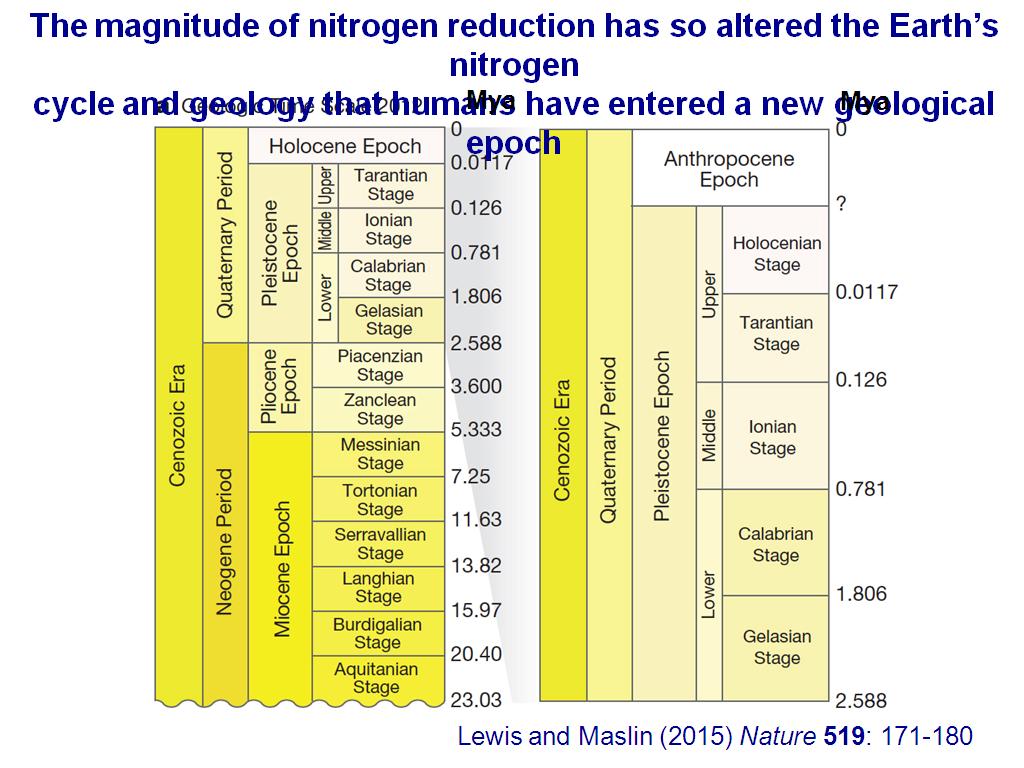 33. The magnitude of nitrogen redu…
2659.0590590590591
00:00/00:00
33. The magnitude of nitrogen redu…
2659.0590590590591
00:00/00:00 -
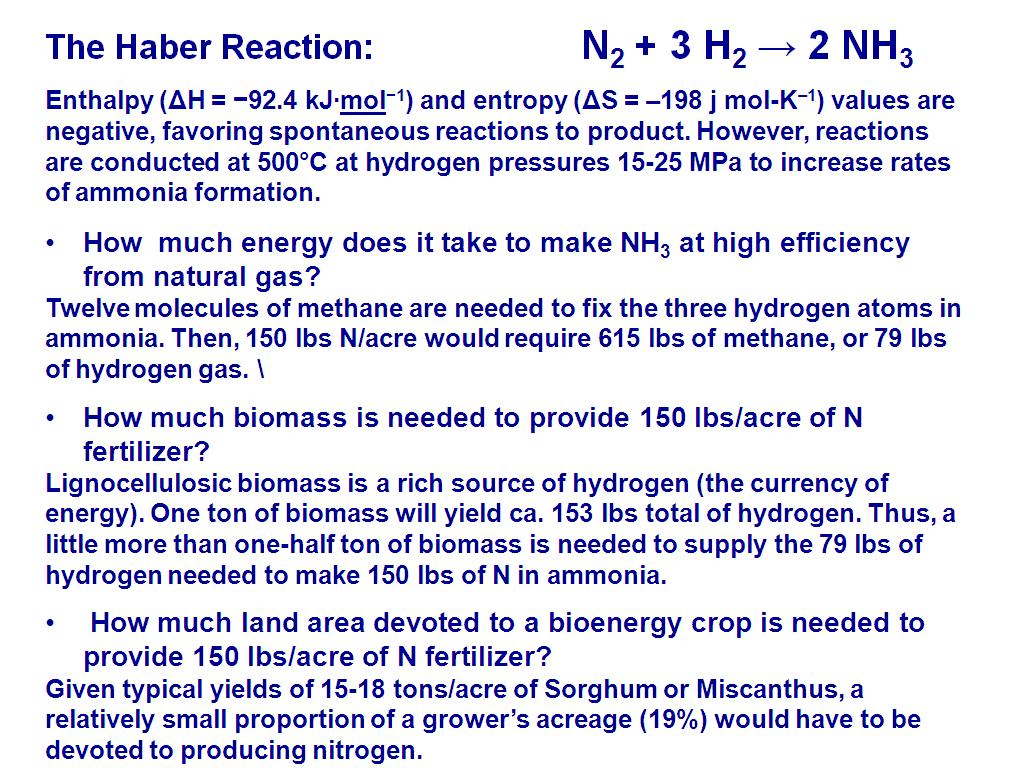 34. The Haber Reaction
2708.7087087087089
00:00/00:00
34. The Haber Reaction
2708.7087087087089
00:00/00:00 -
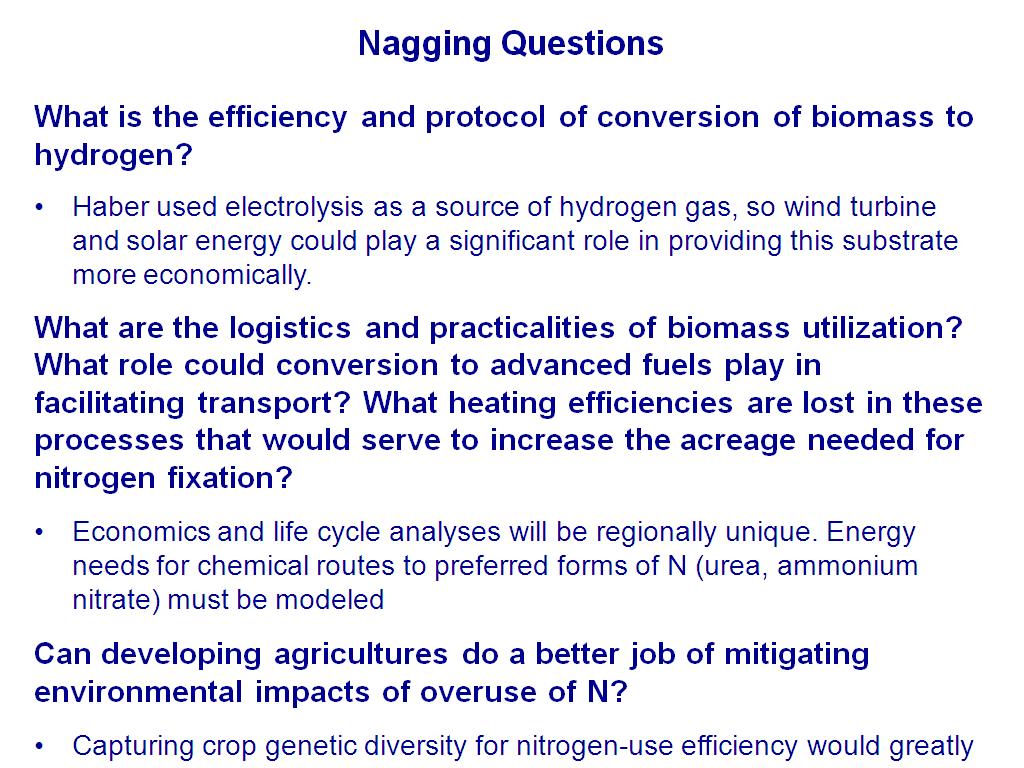 35. Nagging Questions
2966.0994327660997
00:00/00:00
35. Nagging Questions
2966.0994327660997
00:00/00:00 -
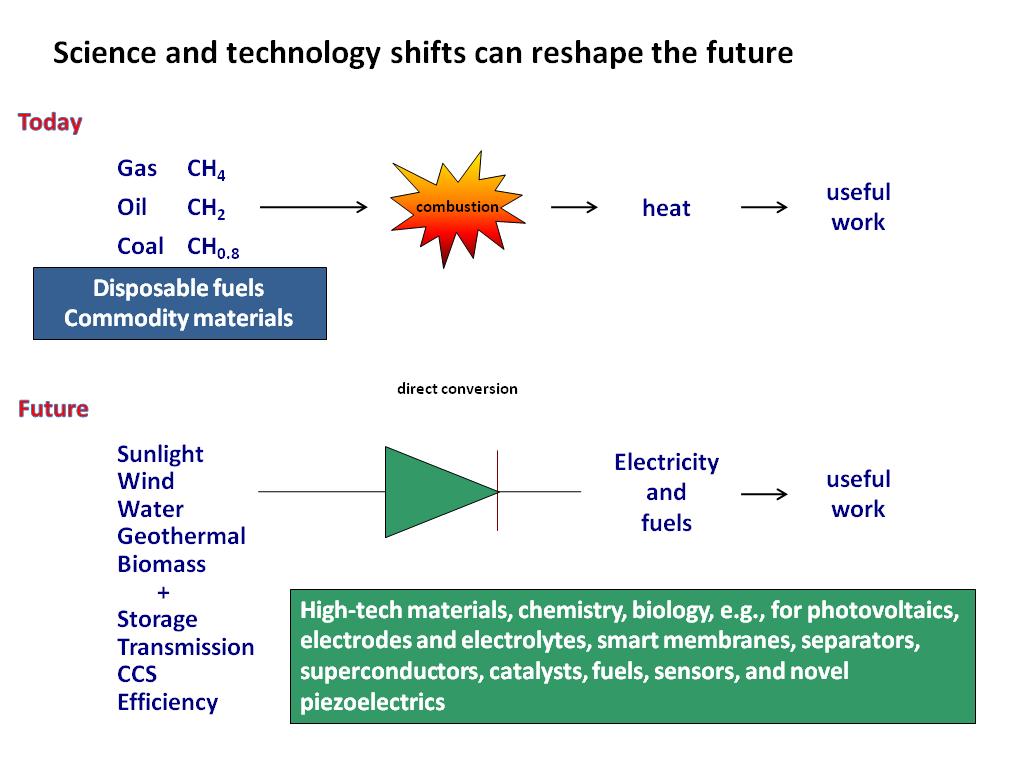 36. Science and technology shifts …
3021.4547881214548
00:00/00:00
36. Science and technology shifts …
3021.4547881214548
00:00/00:00 -
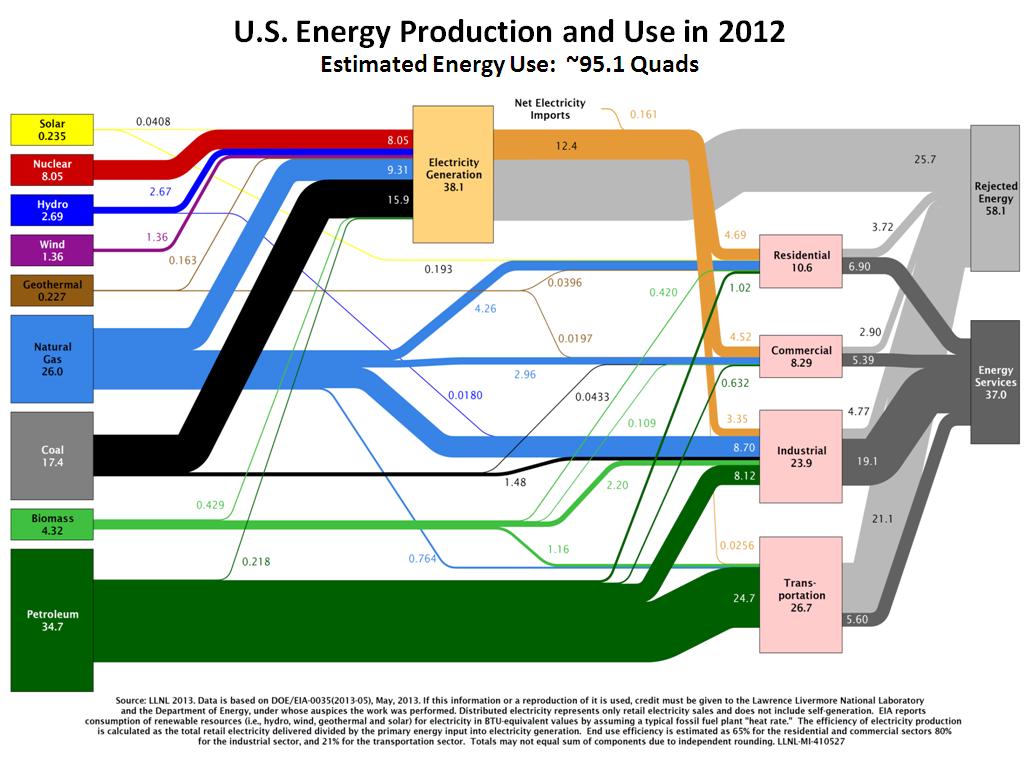 37. U.S. Energy Production and Use…
3125.392058725392
00:00/00:00
37. U.S. Energy Production and Use…
3125.392058725392
00:00/00:00 -
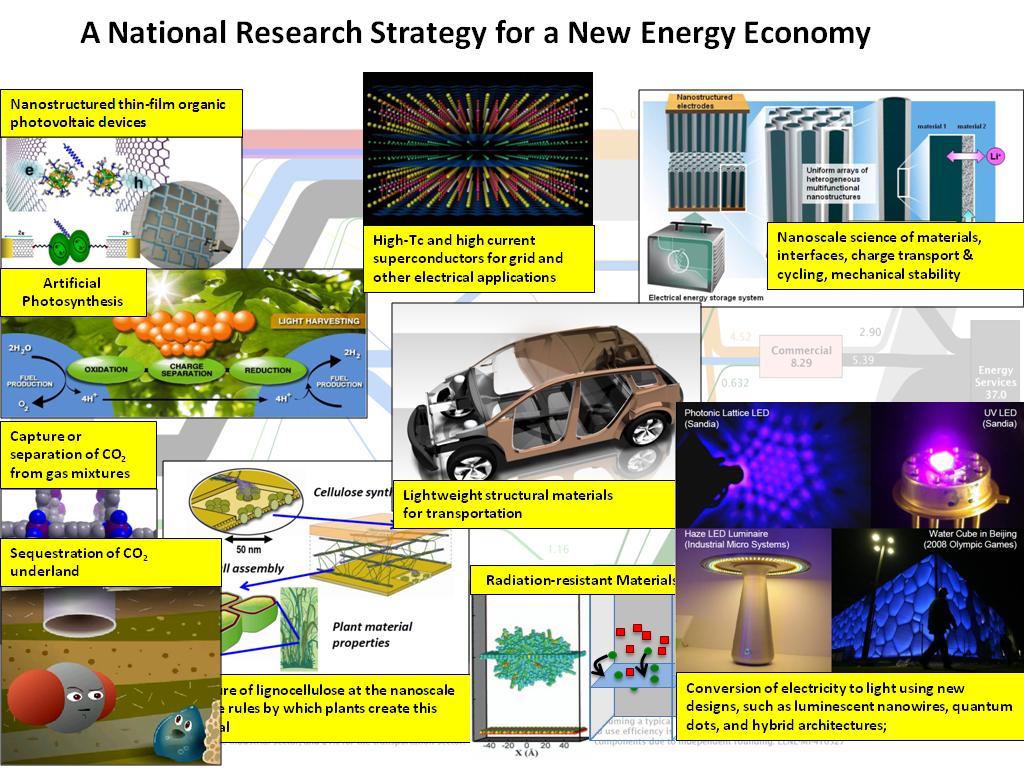 38. A National Research Strategy f…
3154.1541541541542
00:00/00:00
38. A National Research Strategy f…
3154.1541541541542
00:00/00:00
